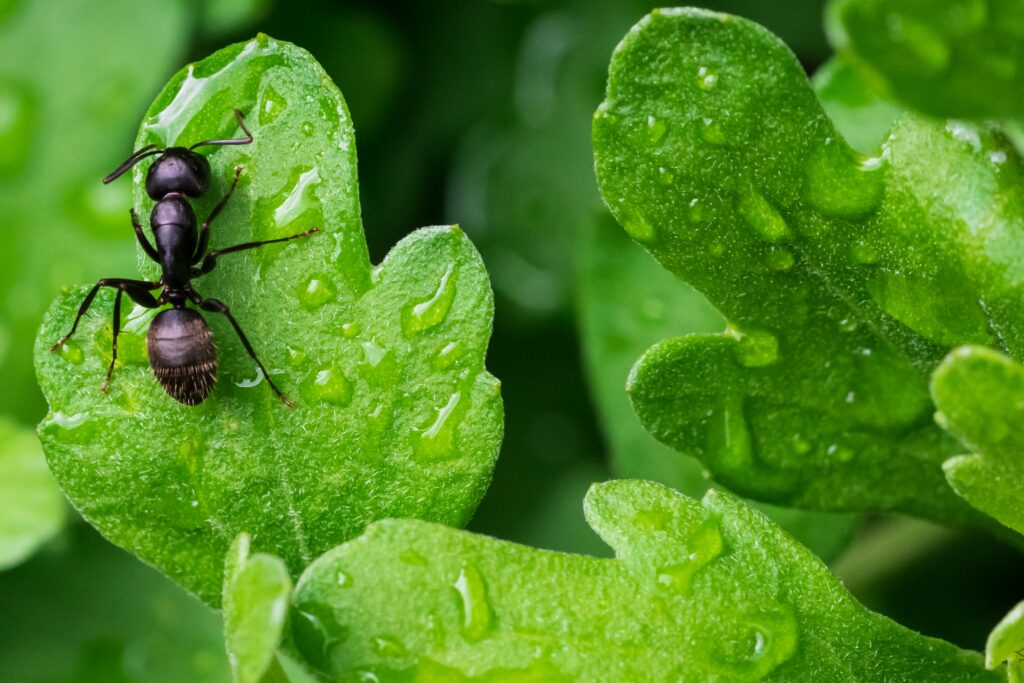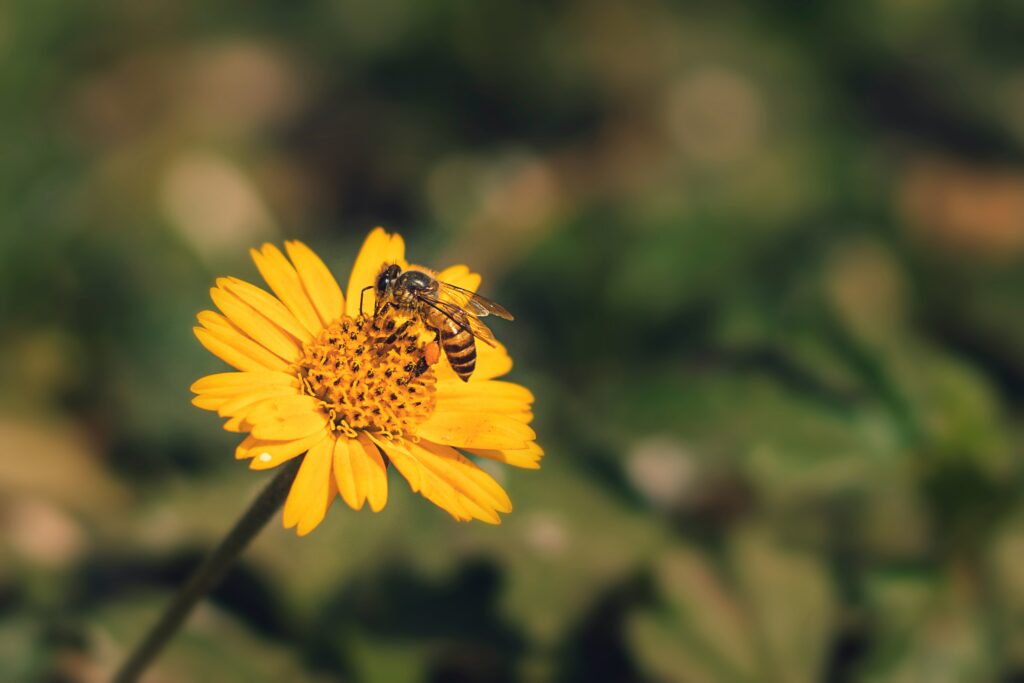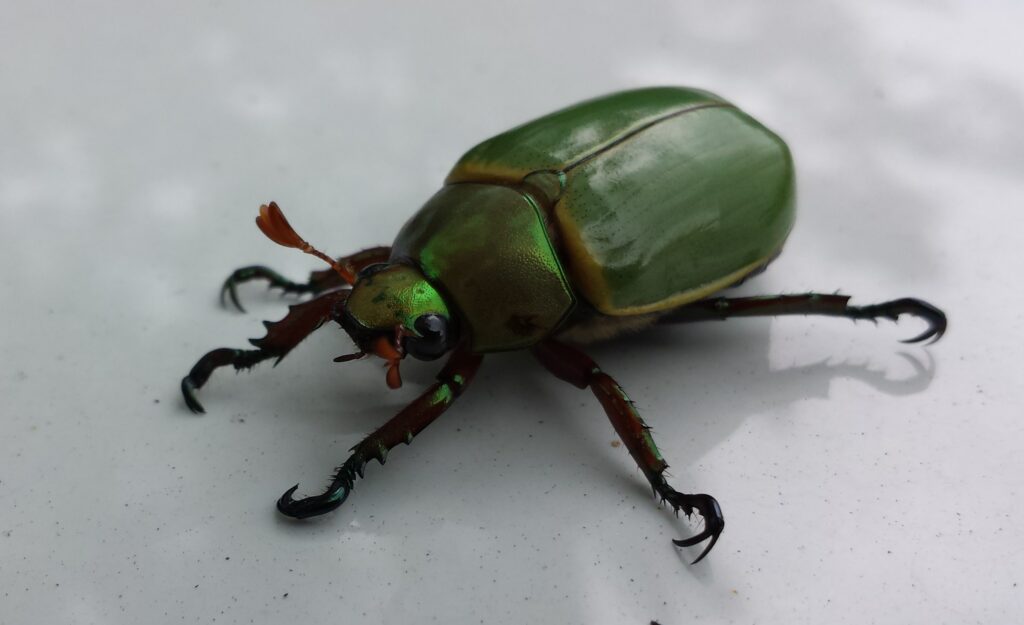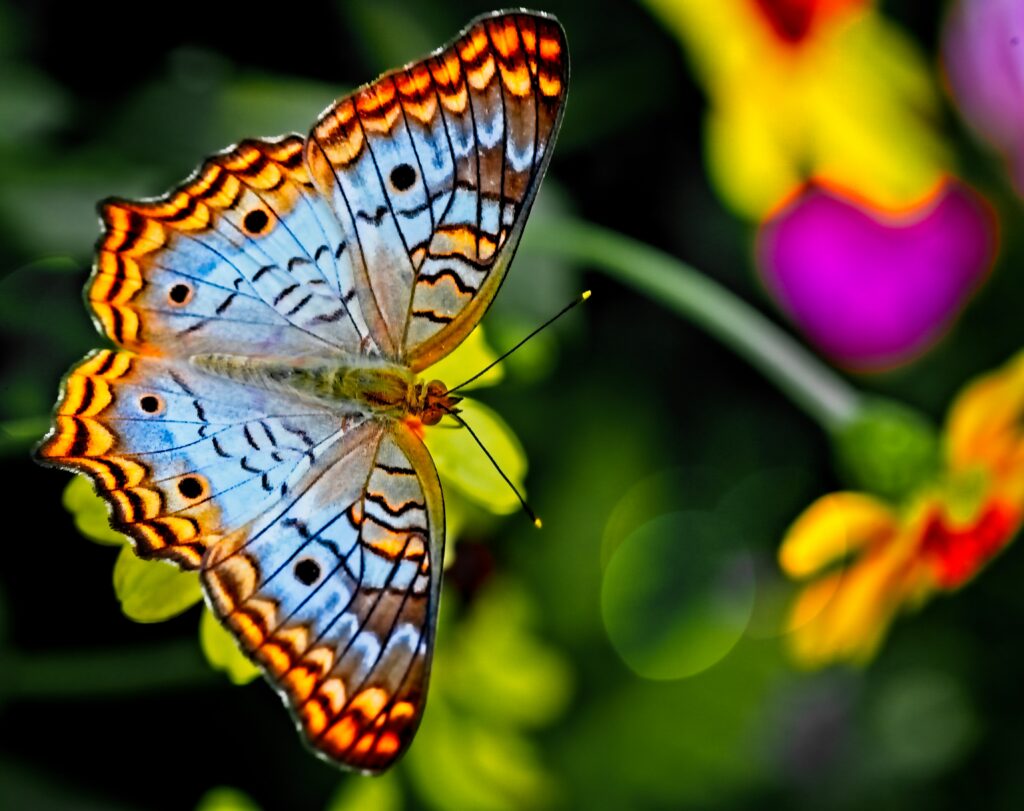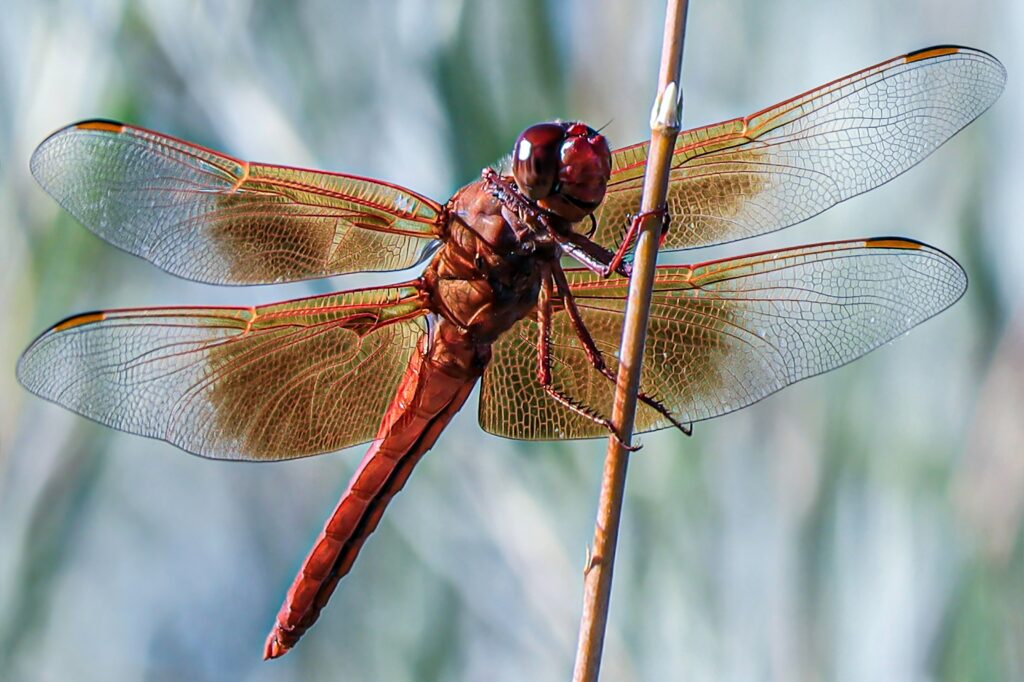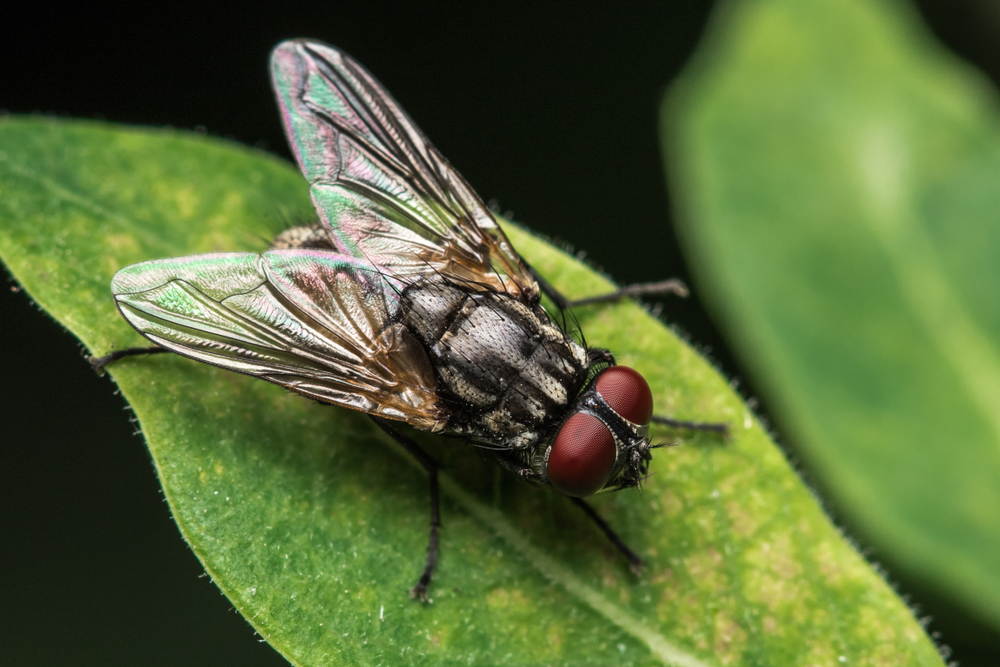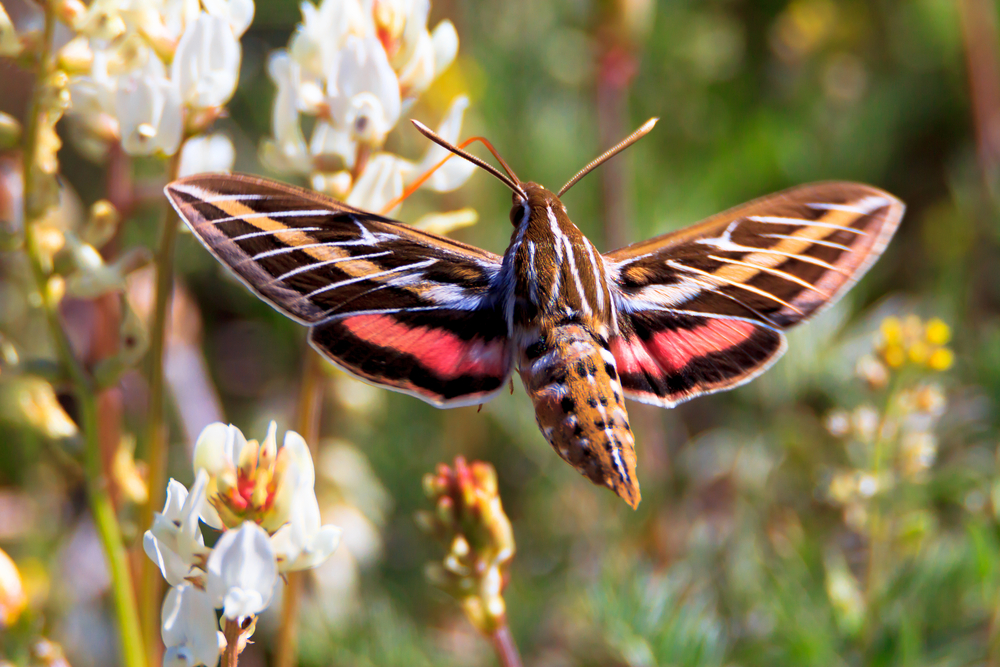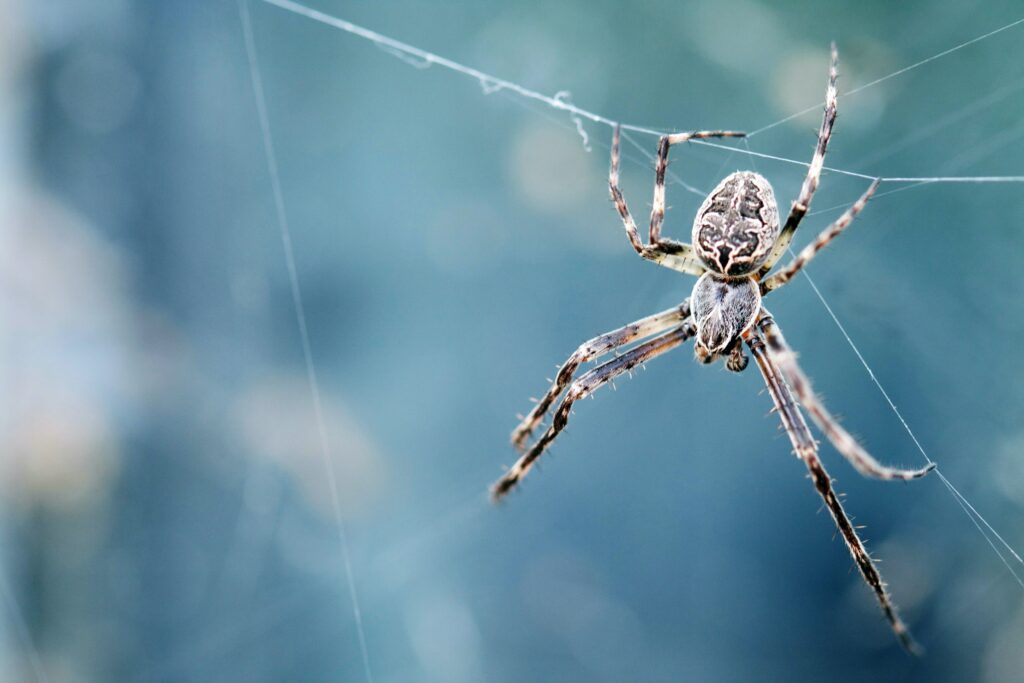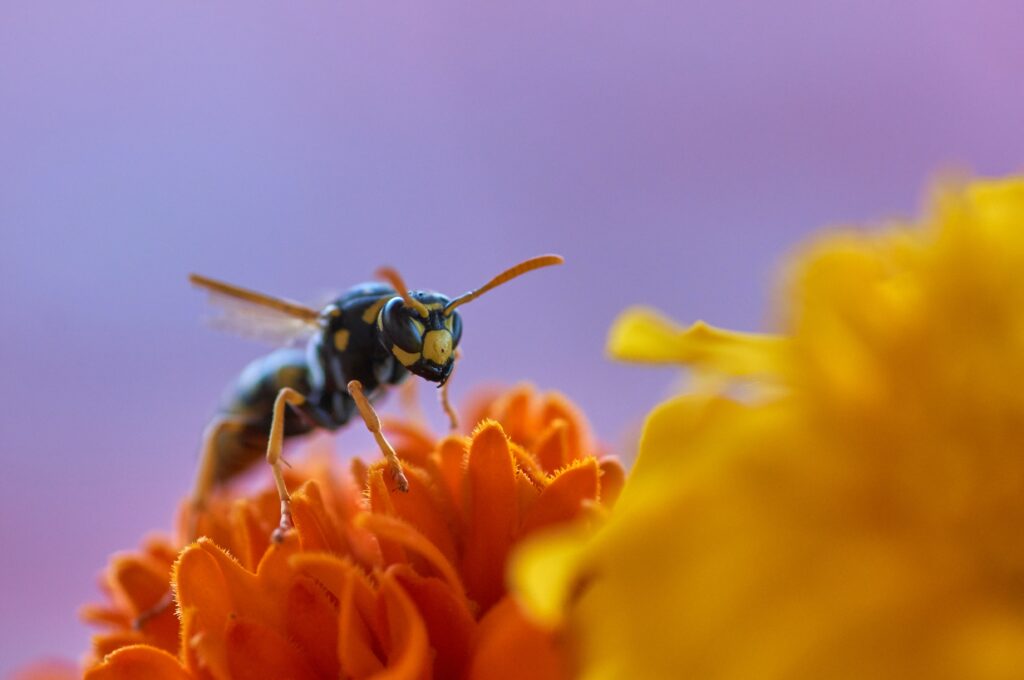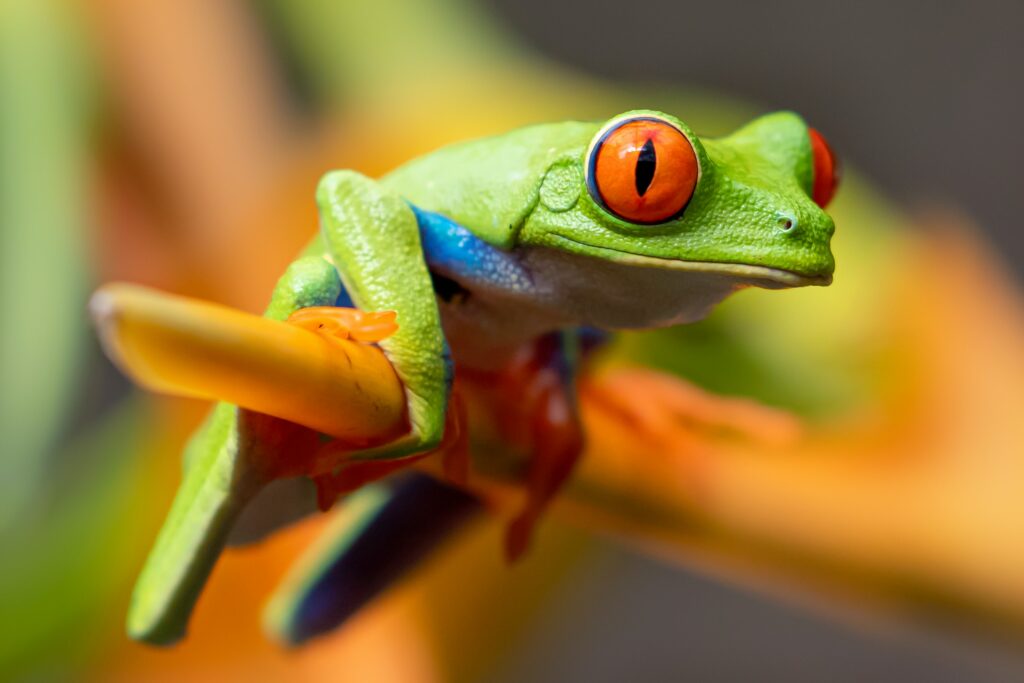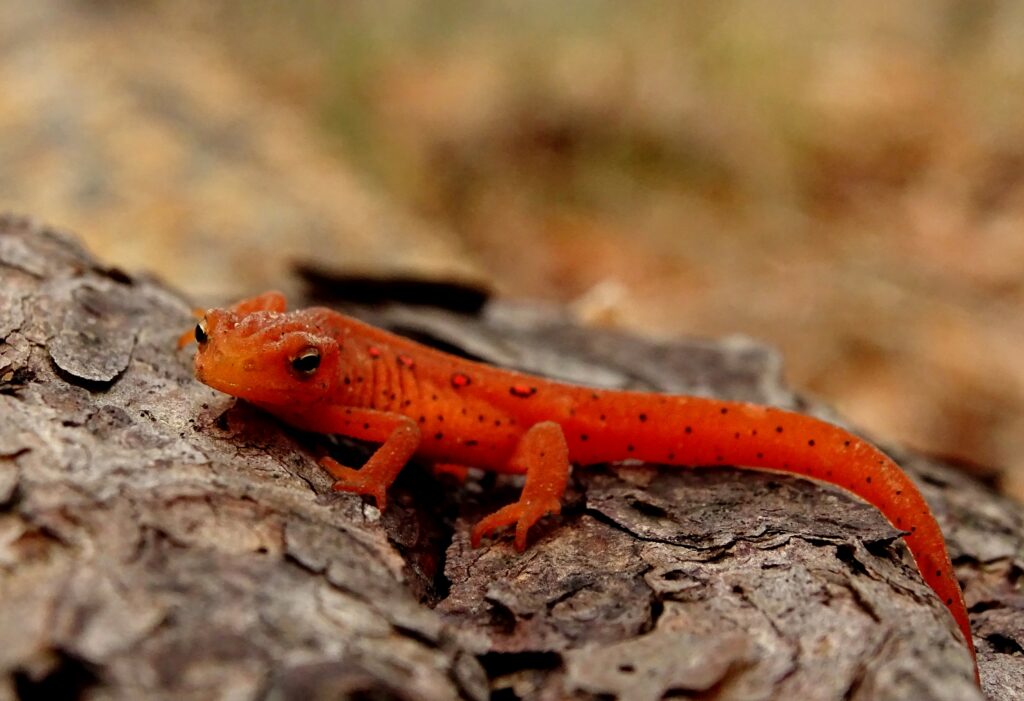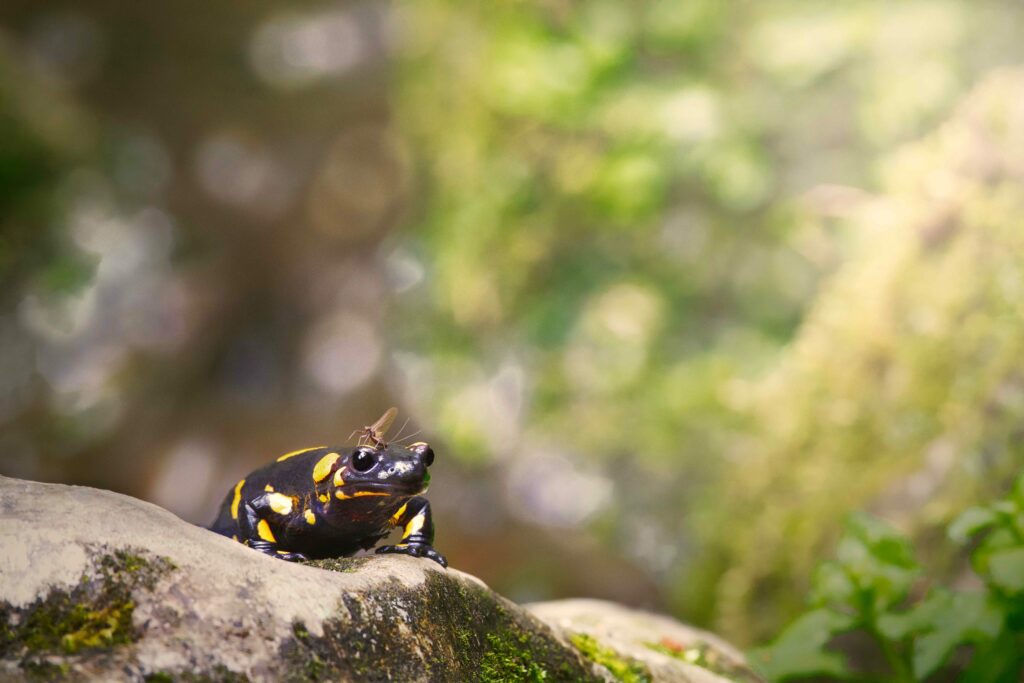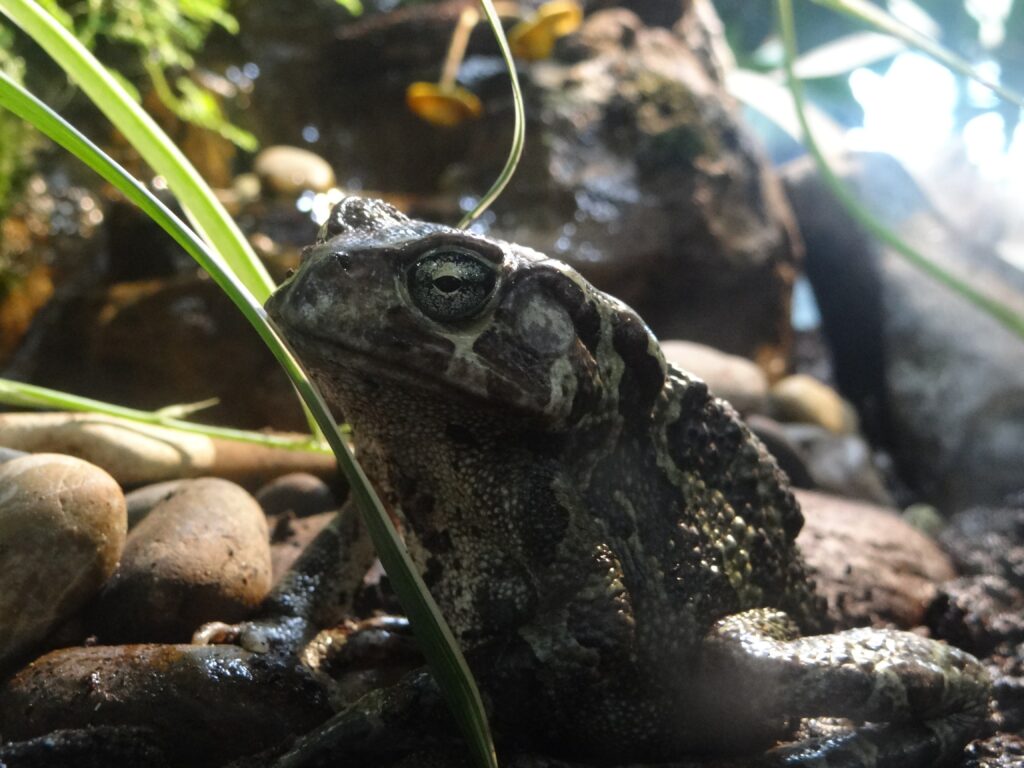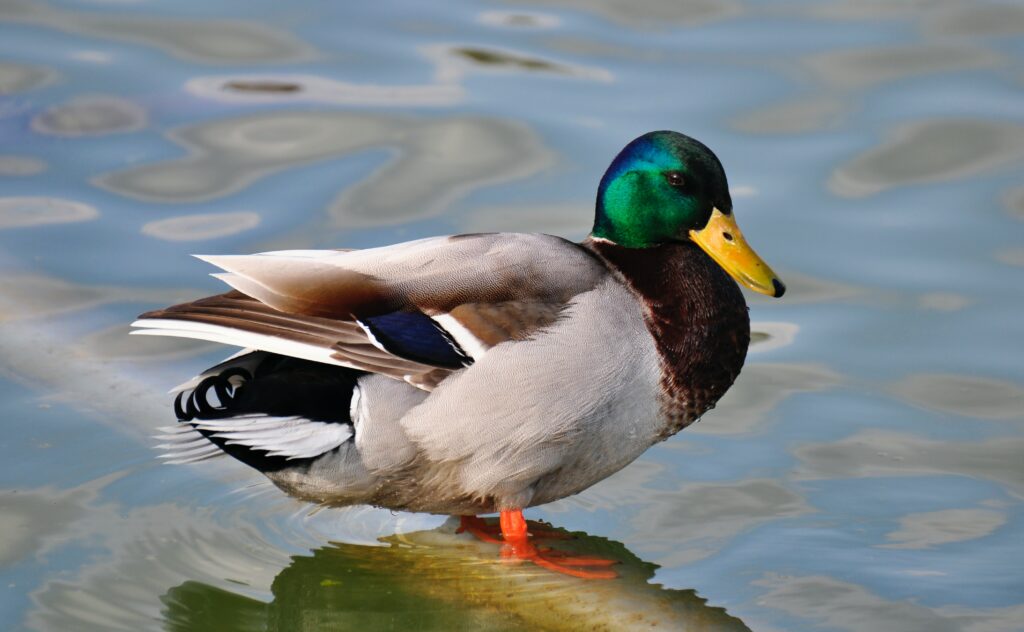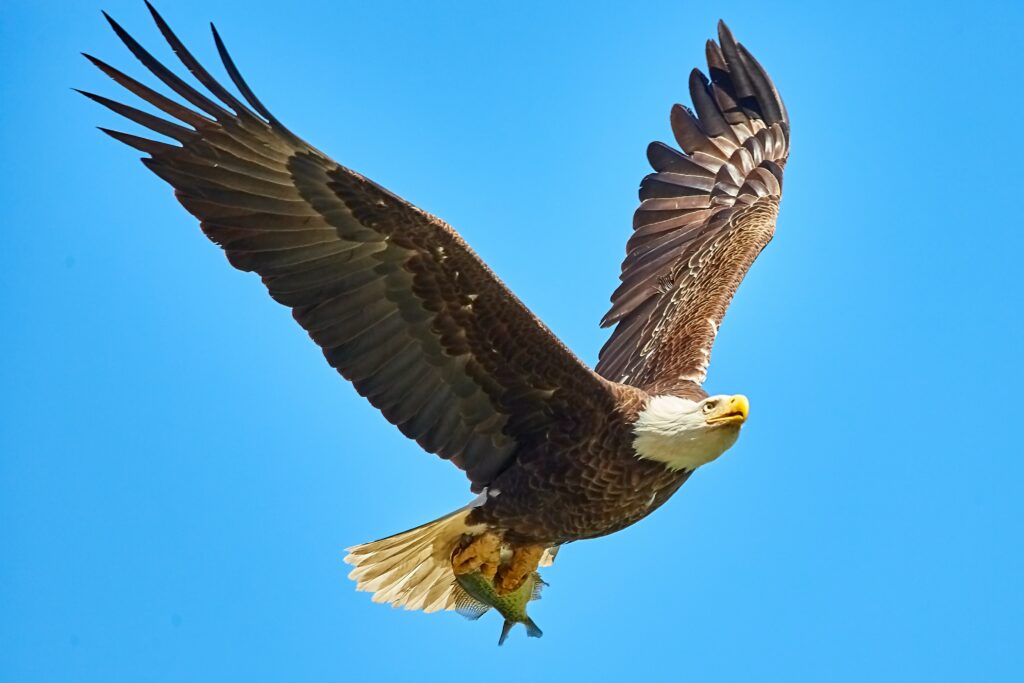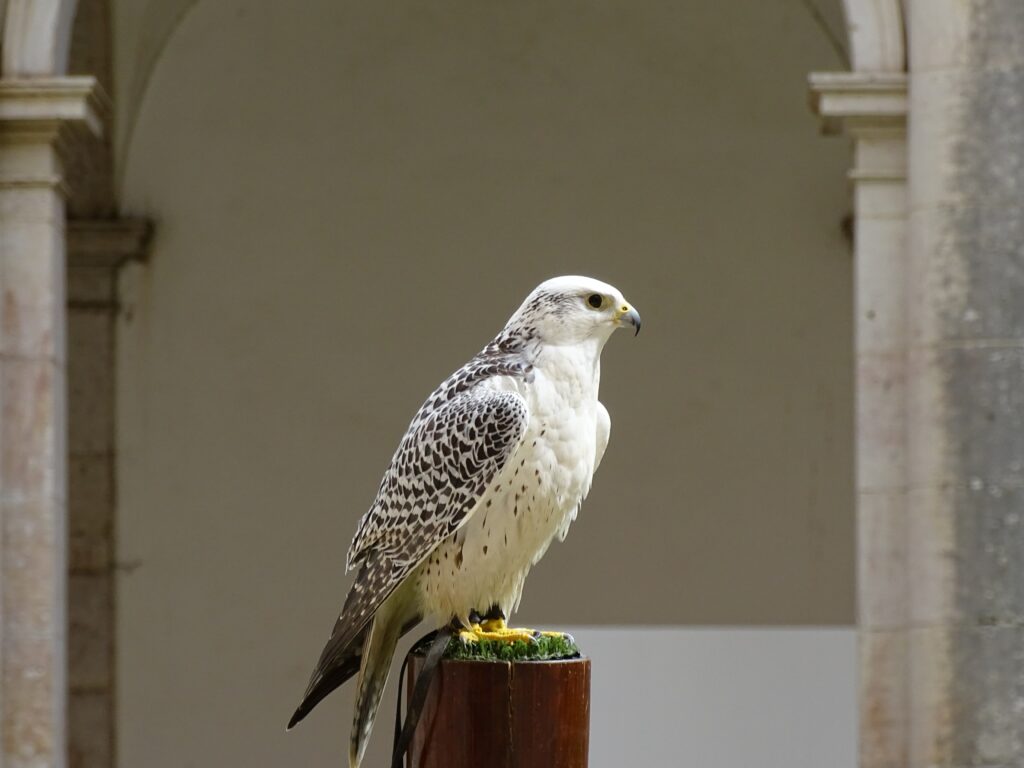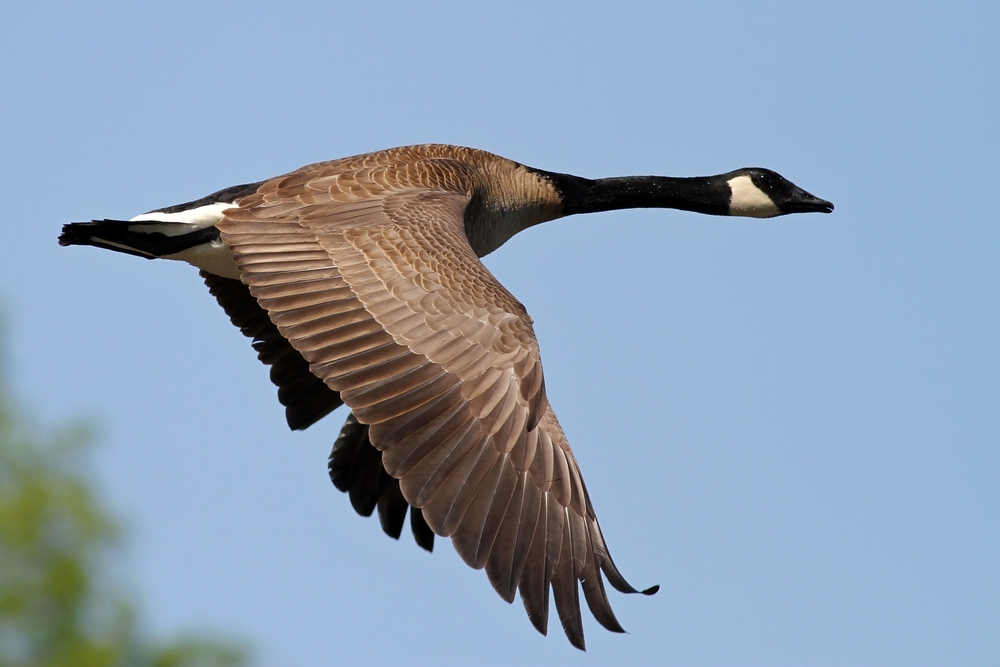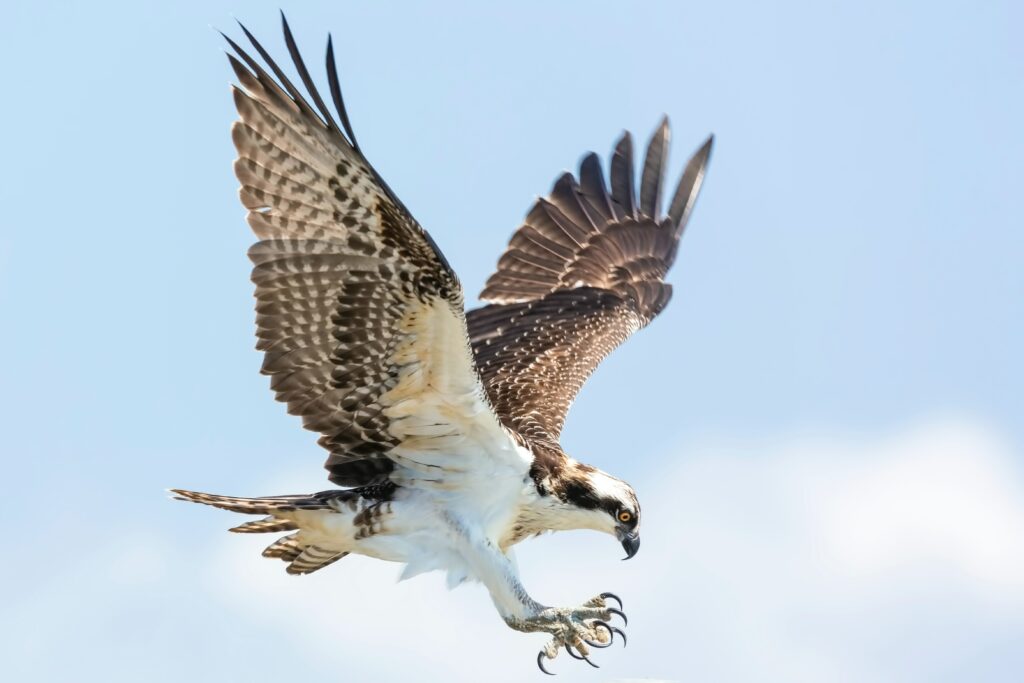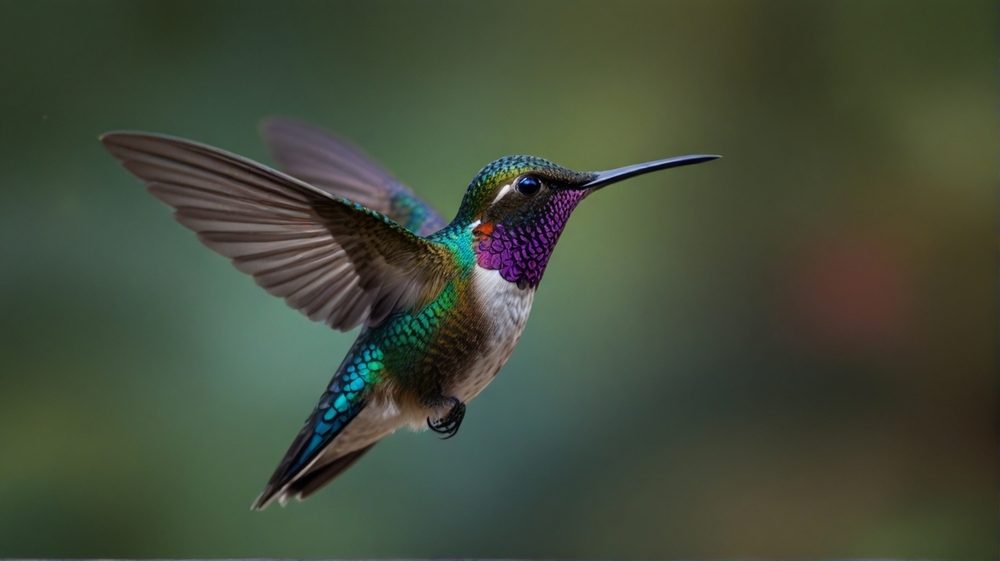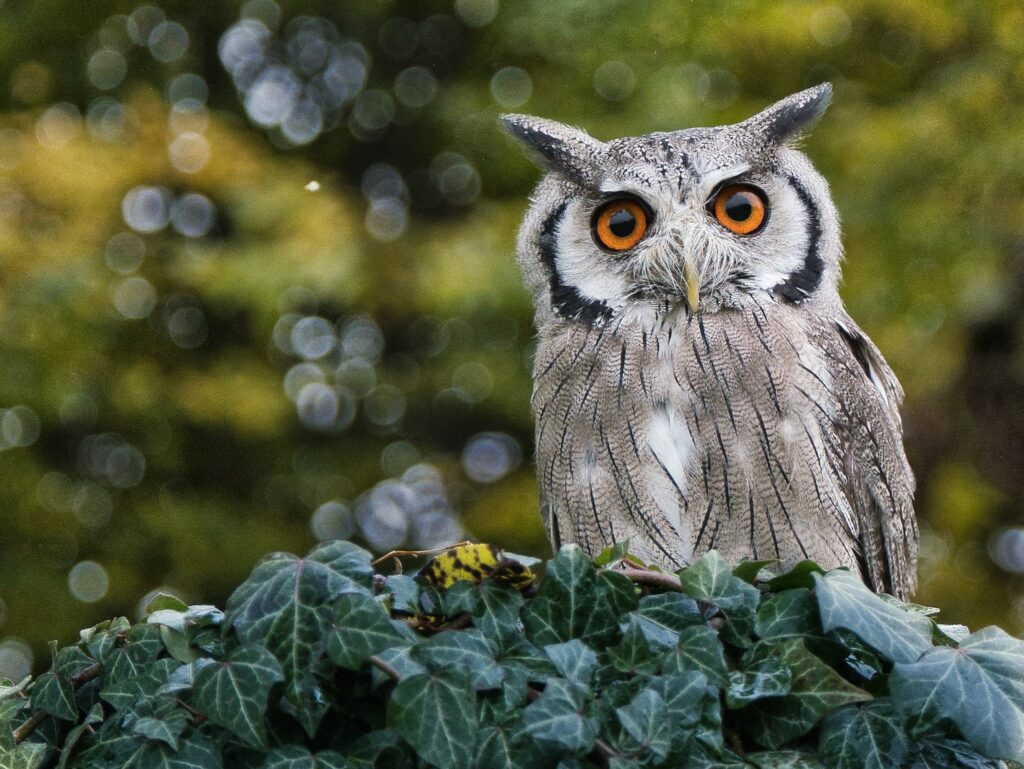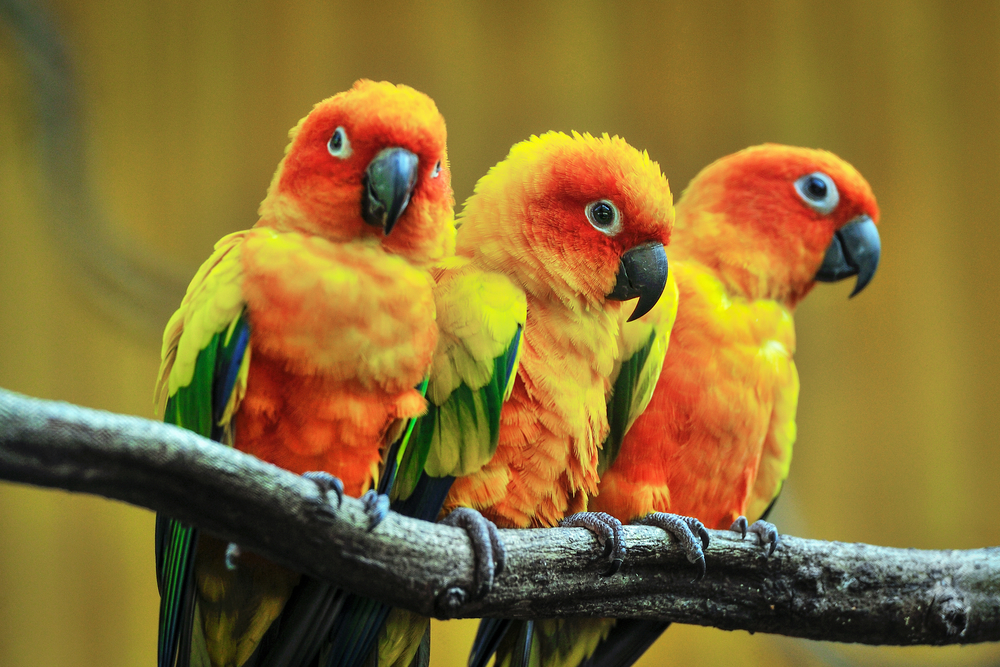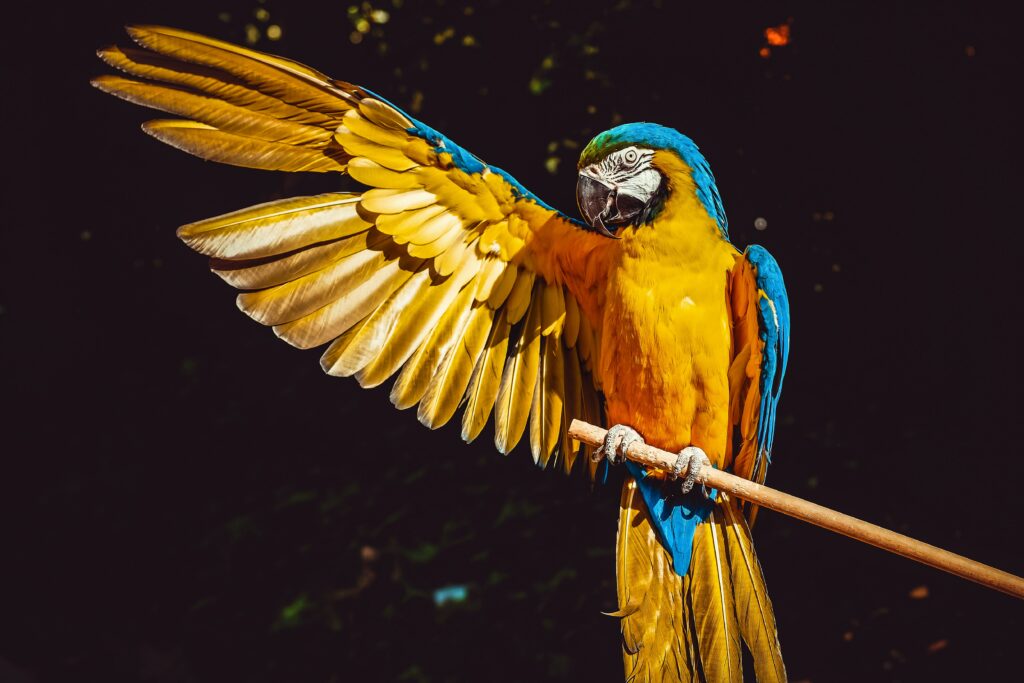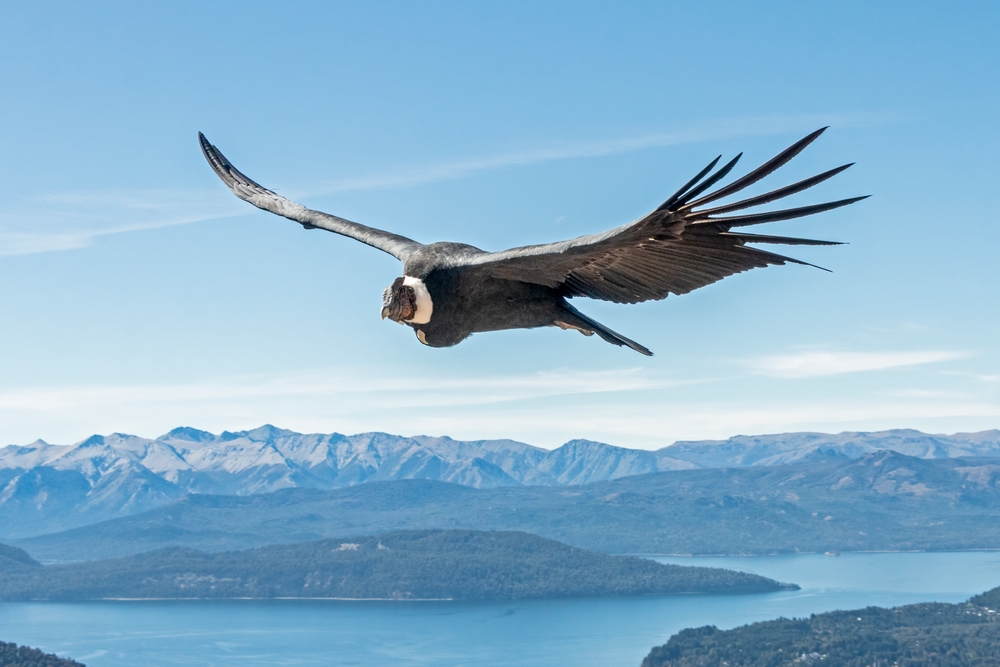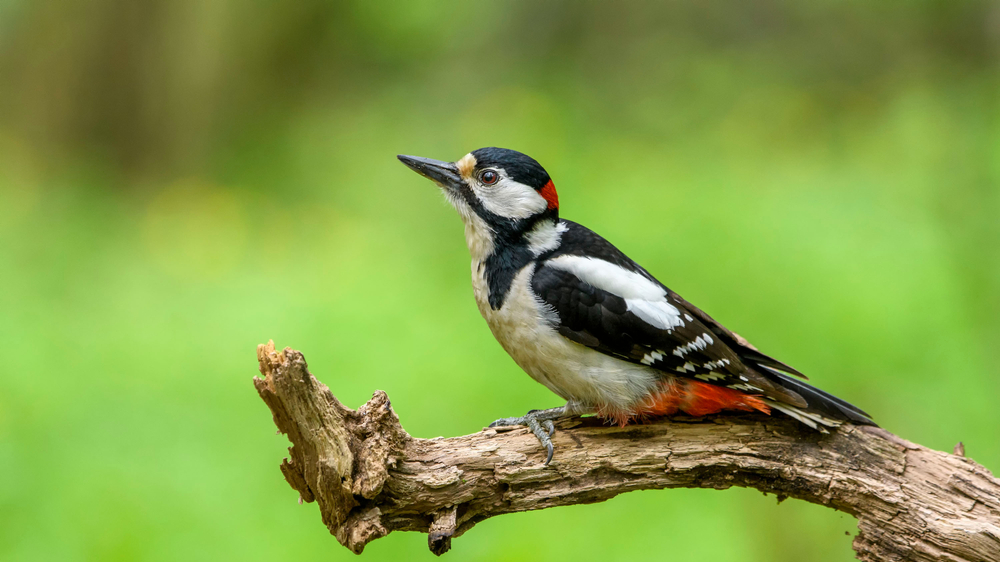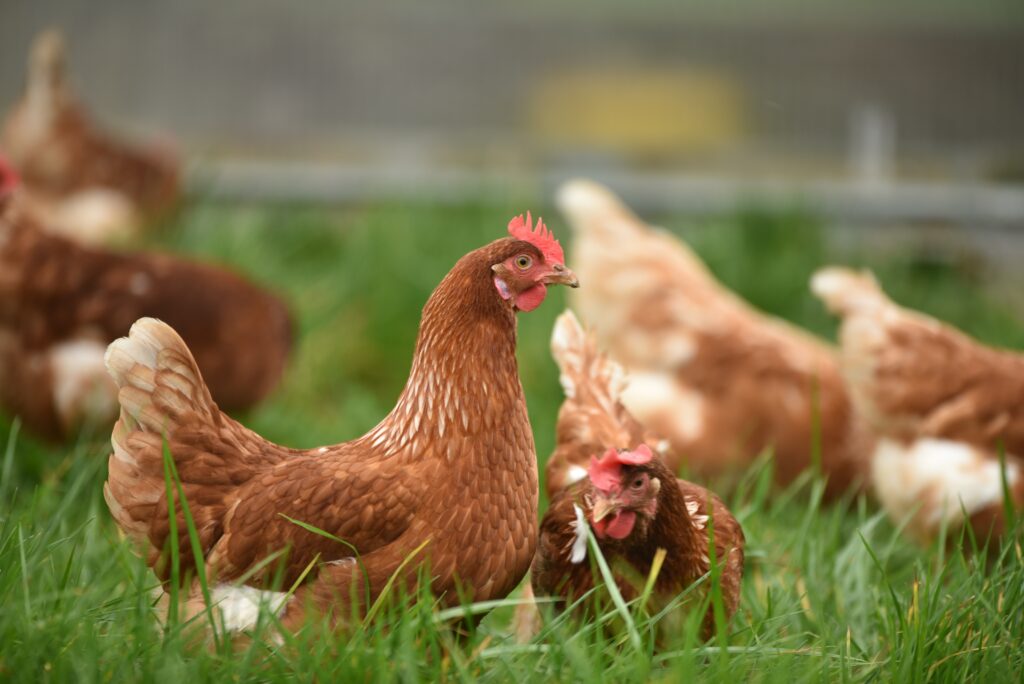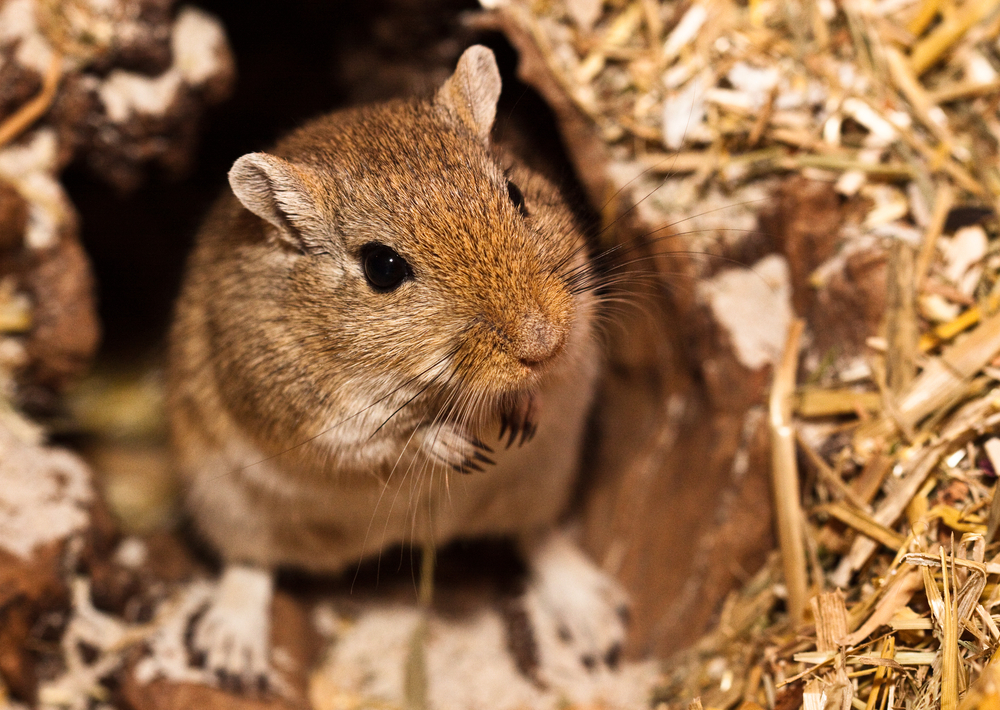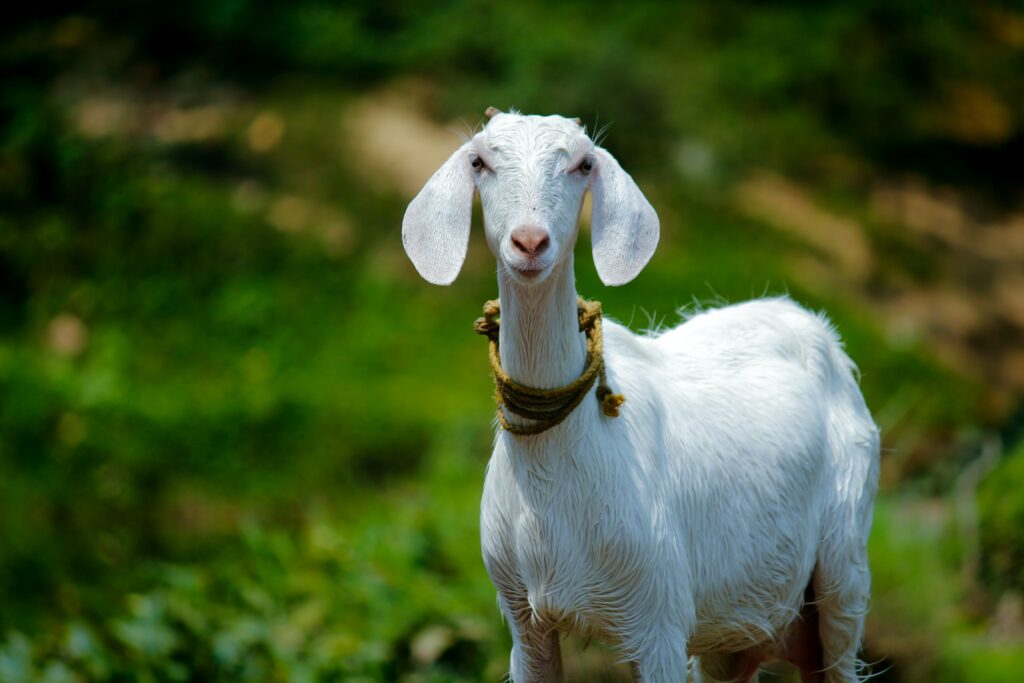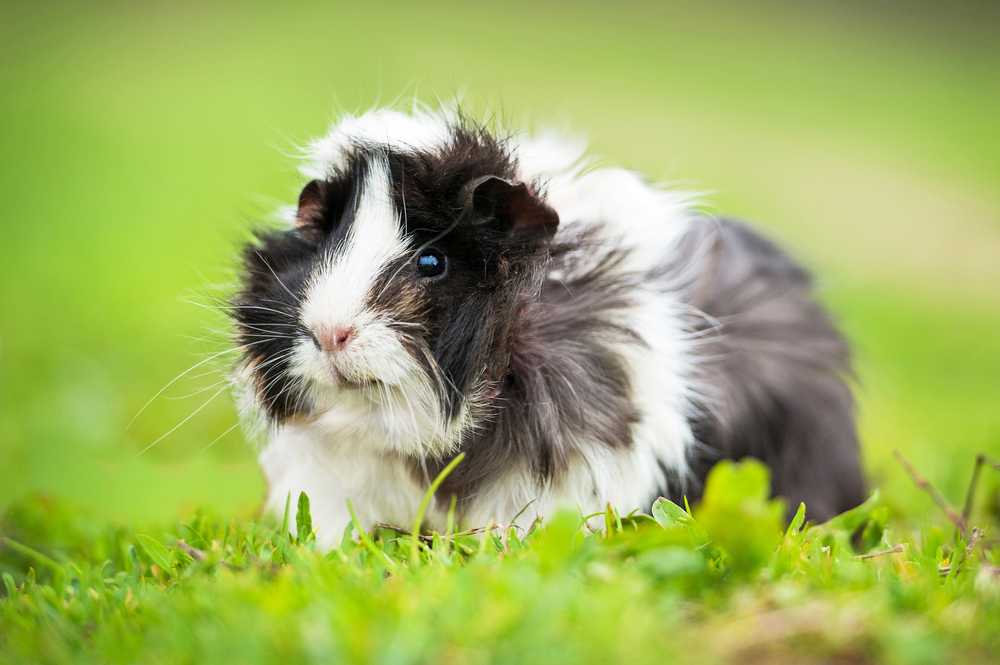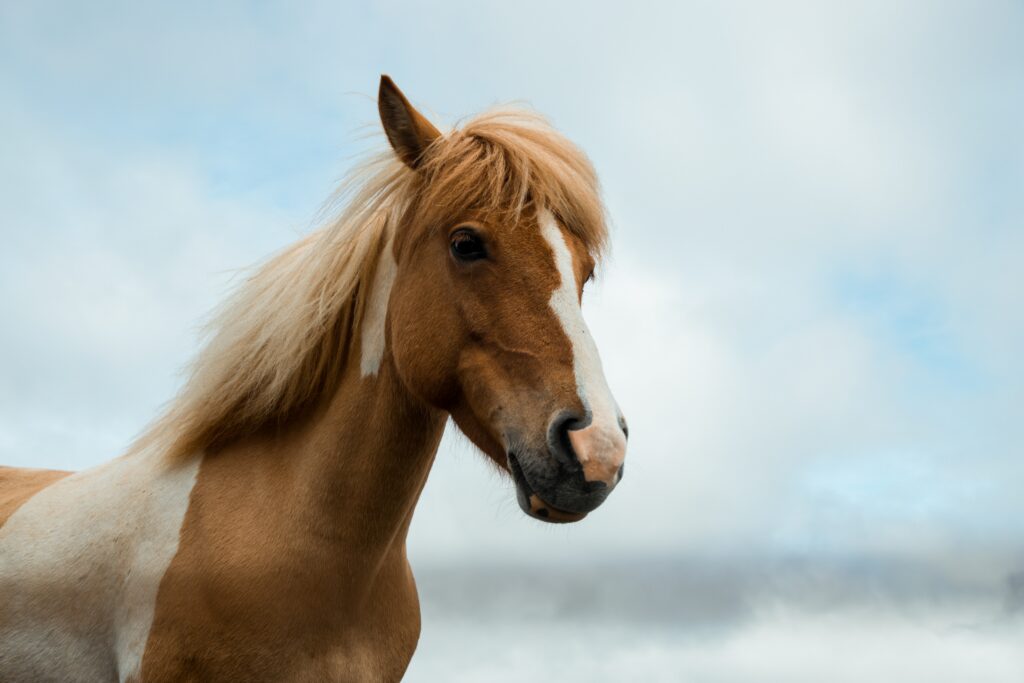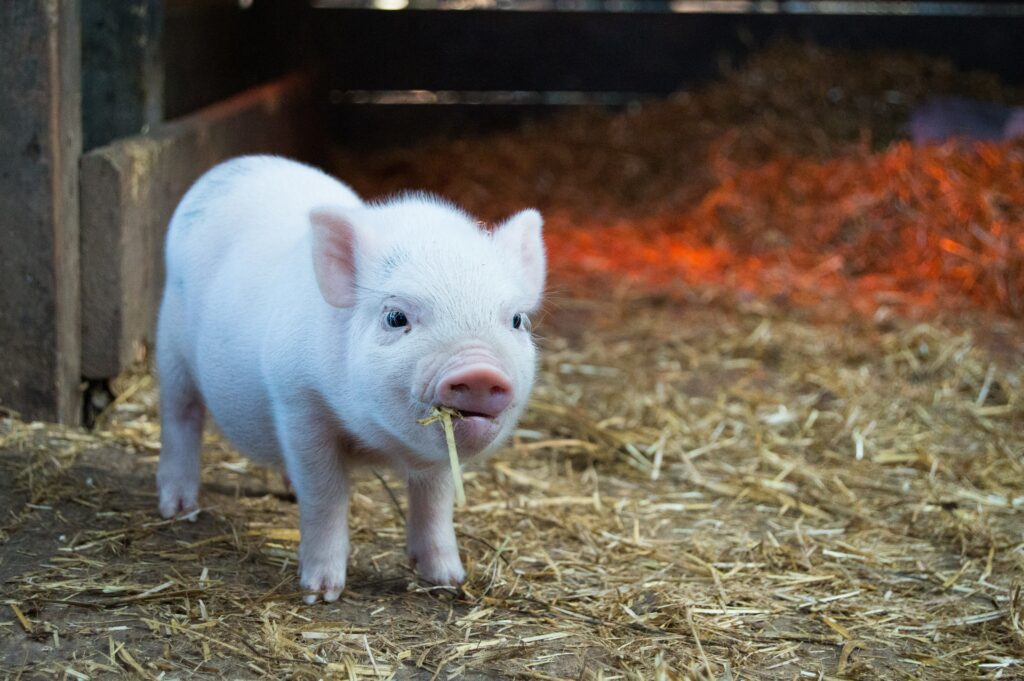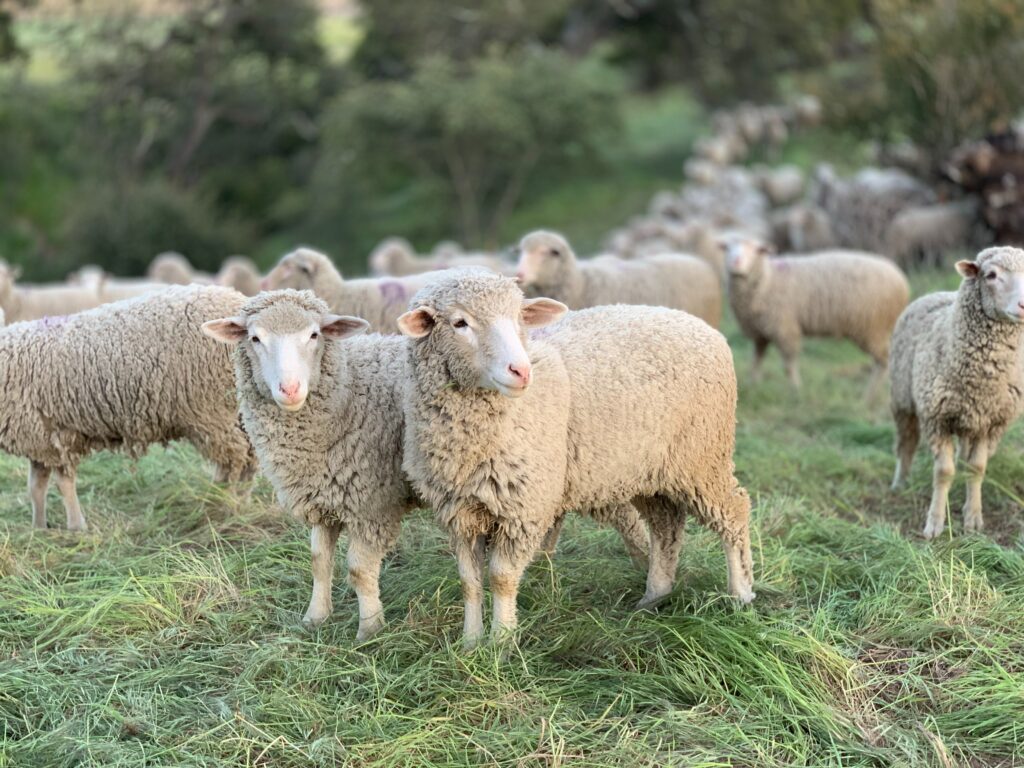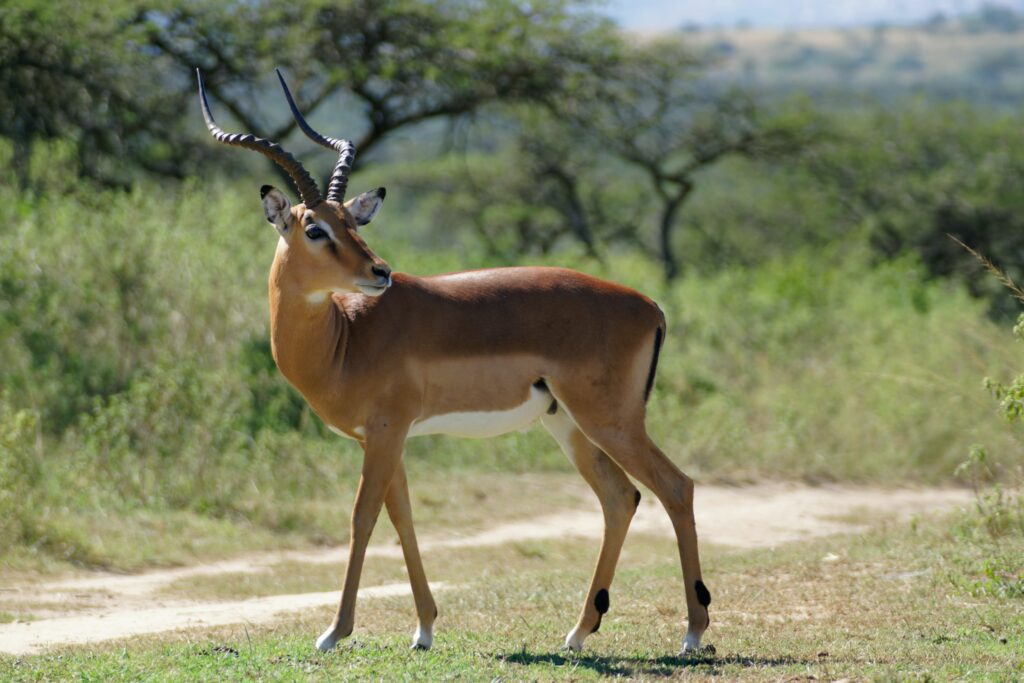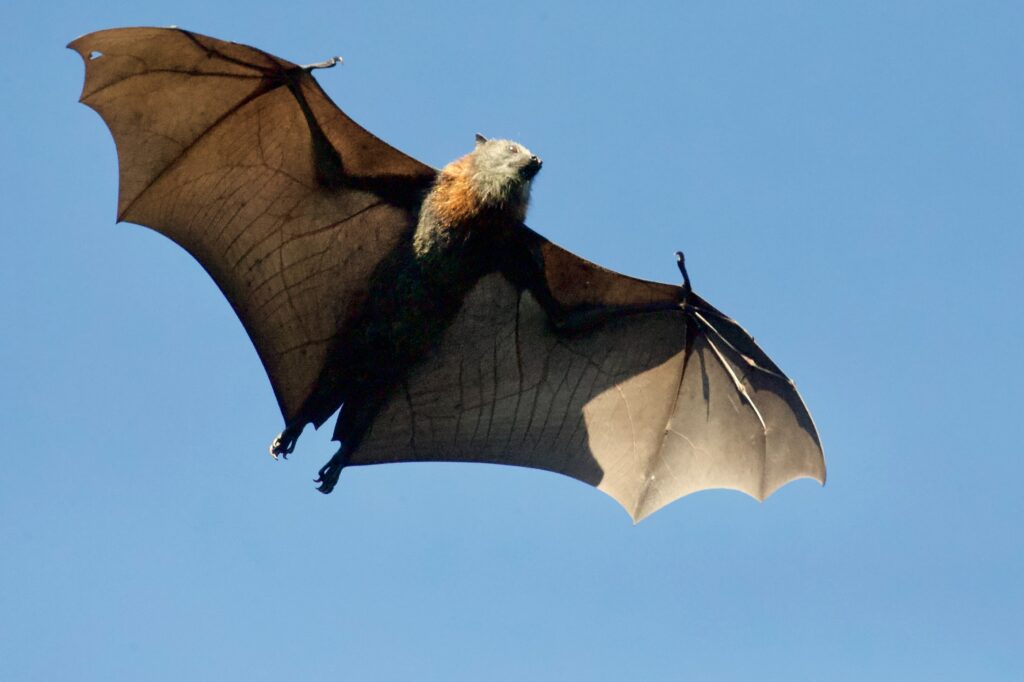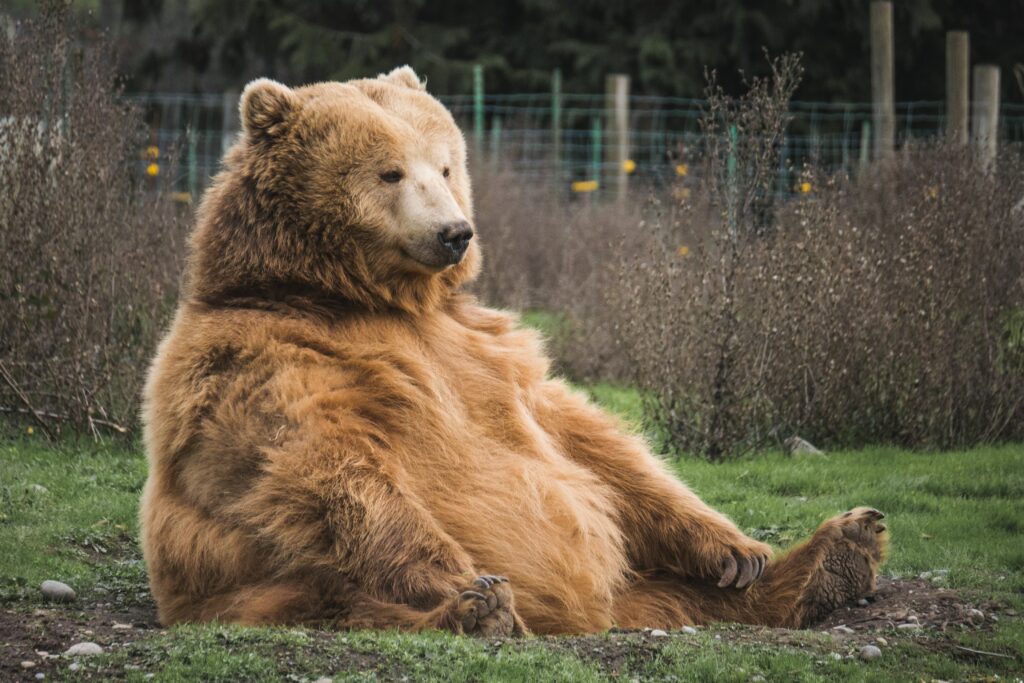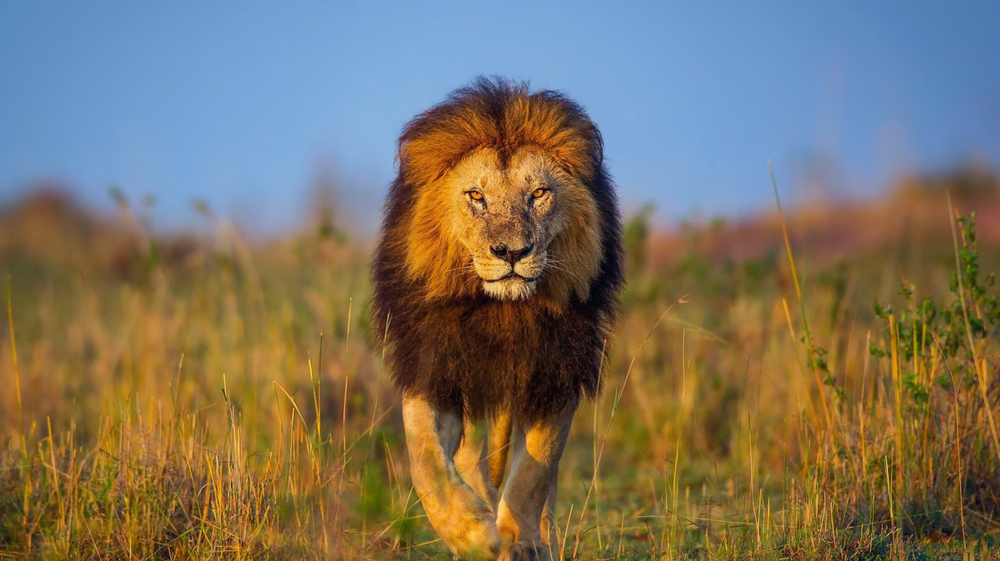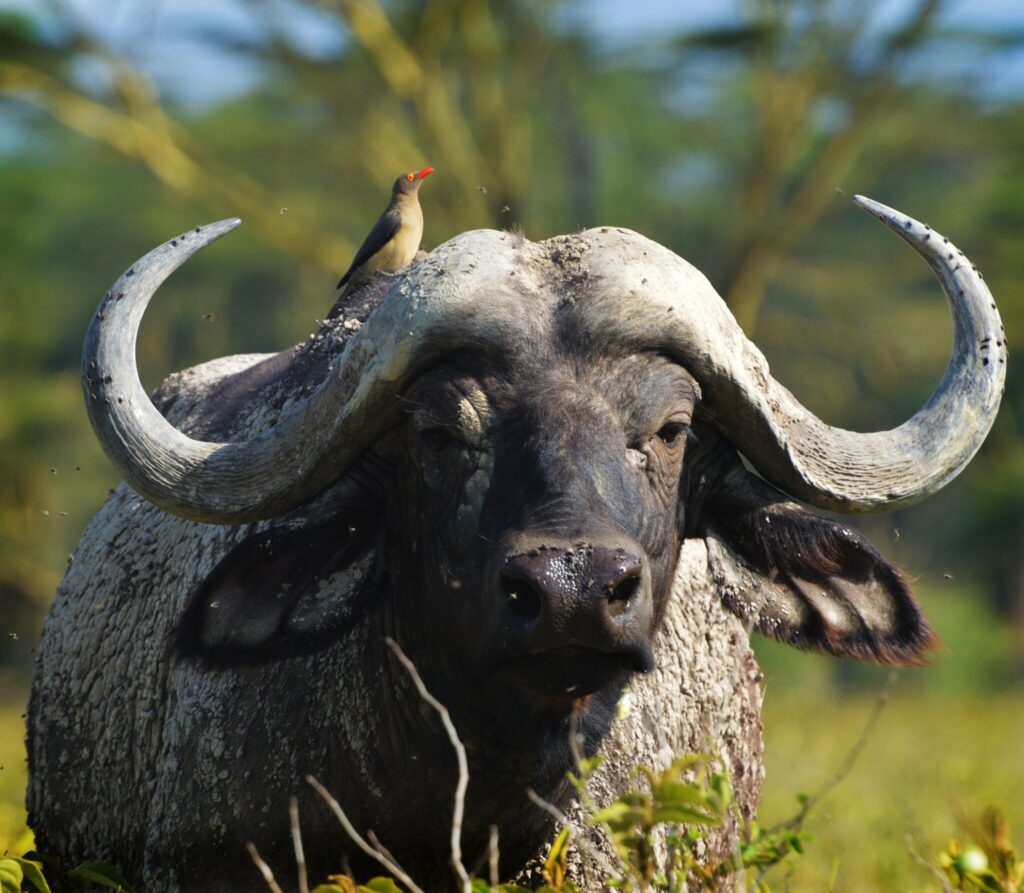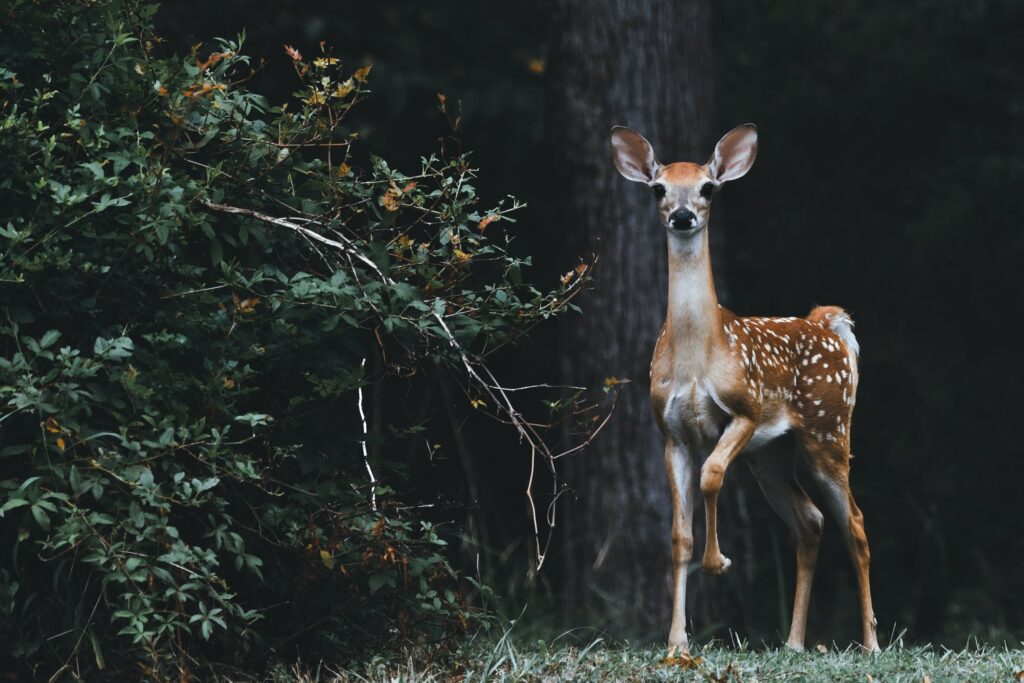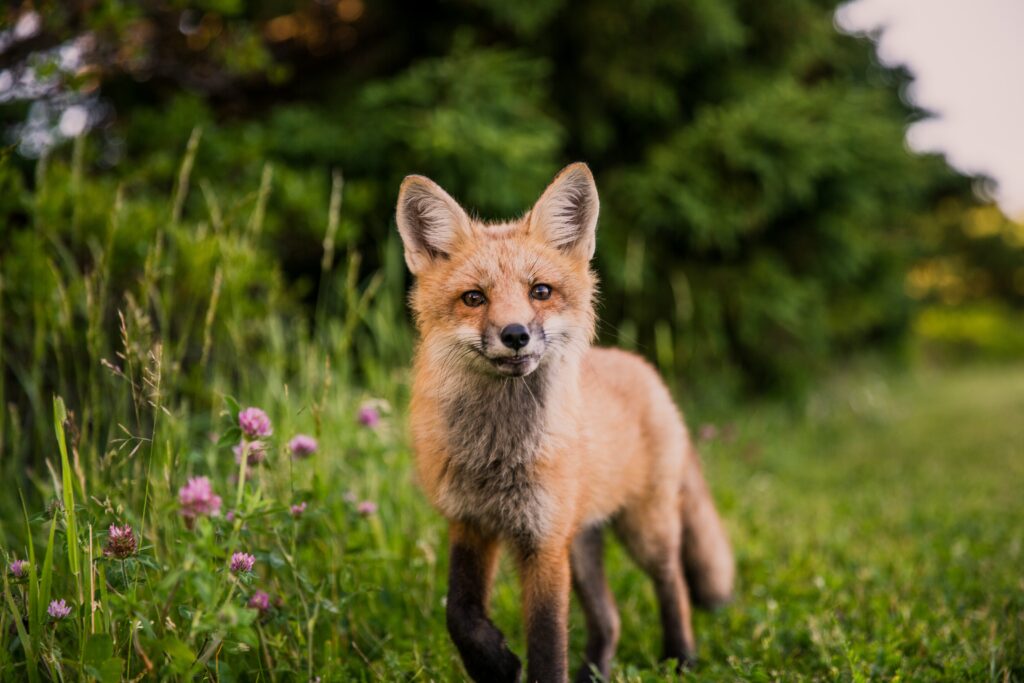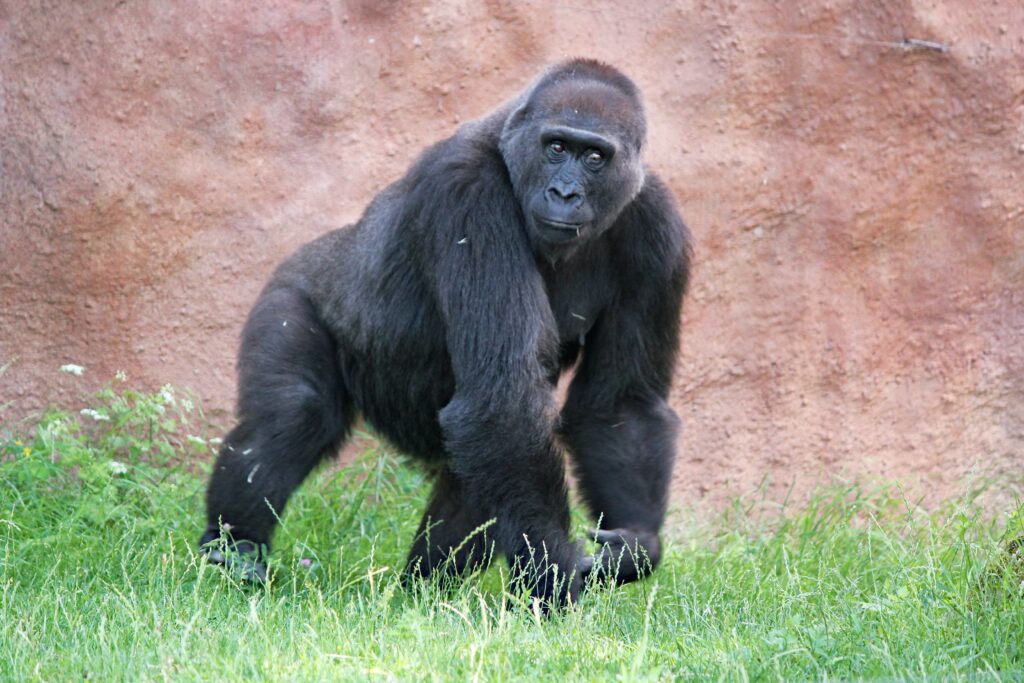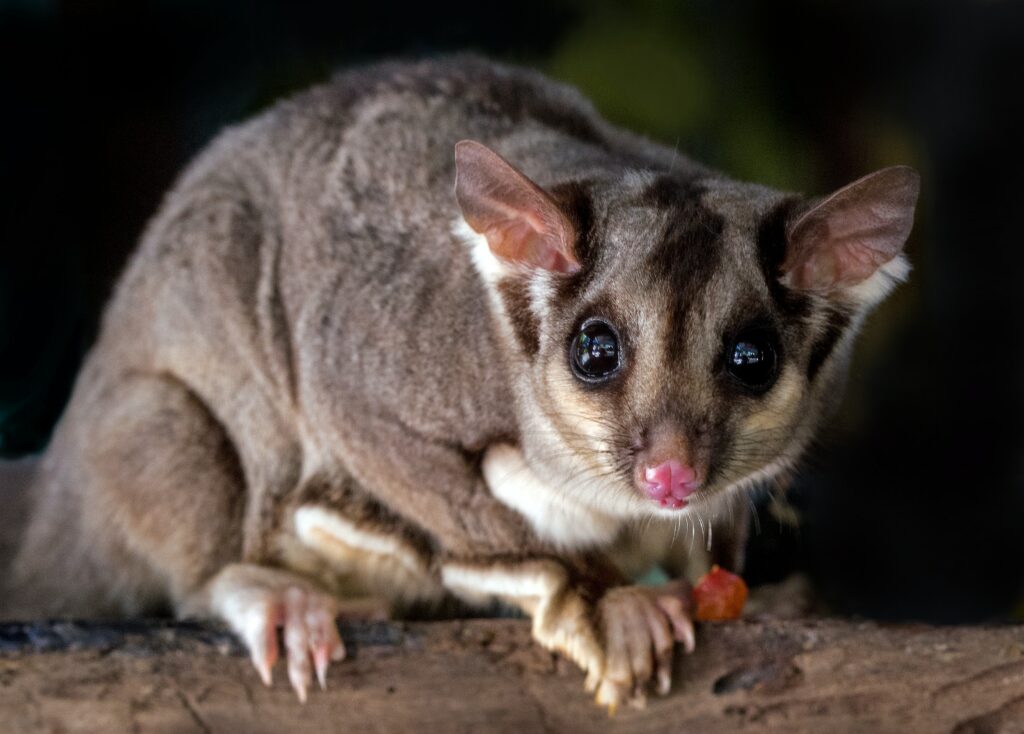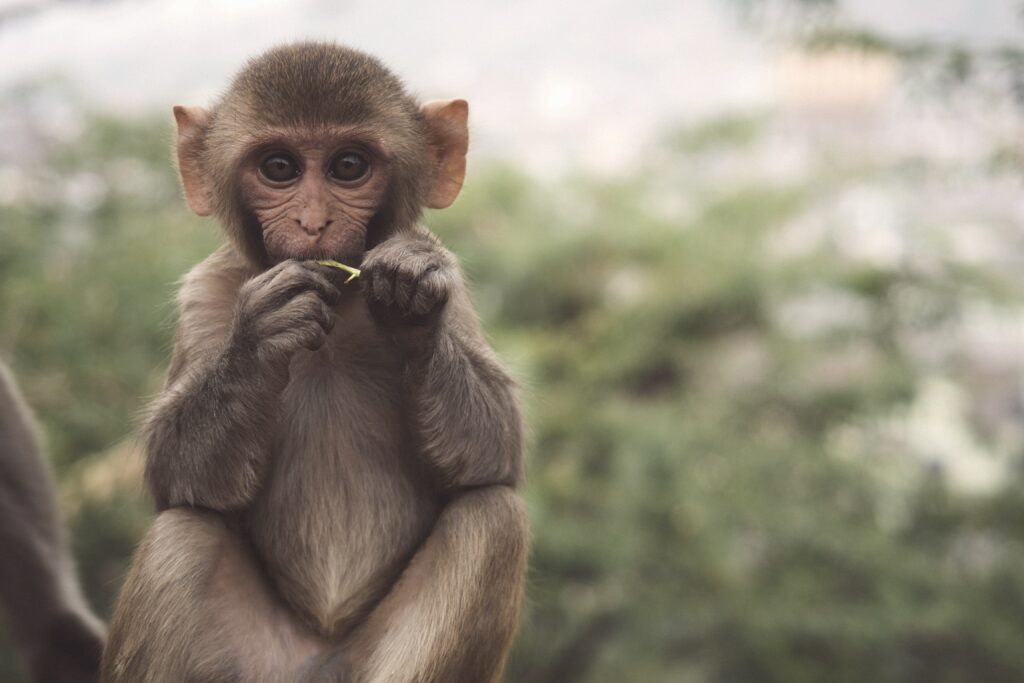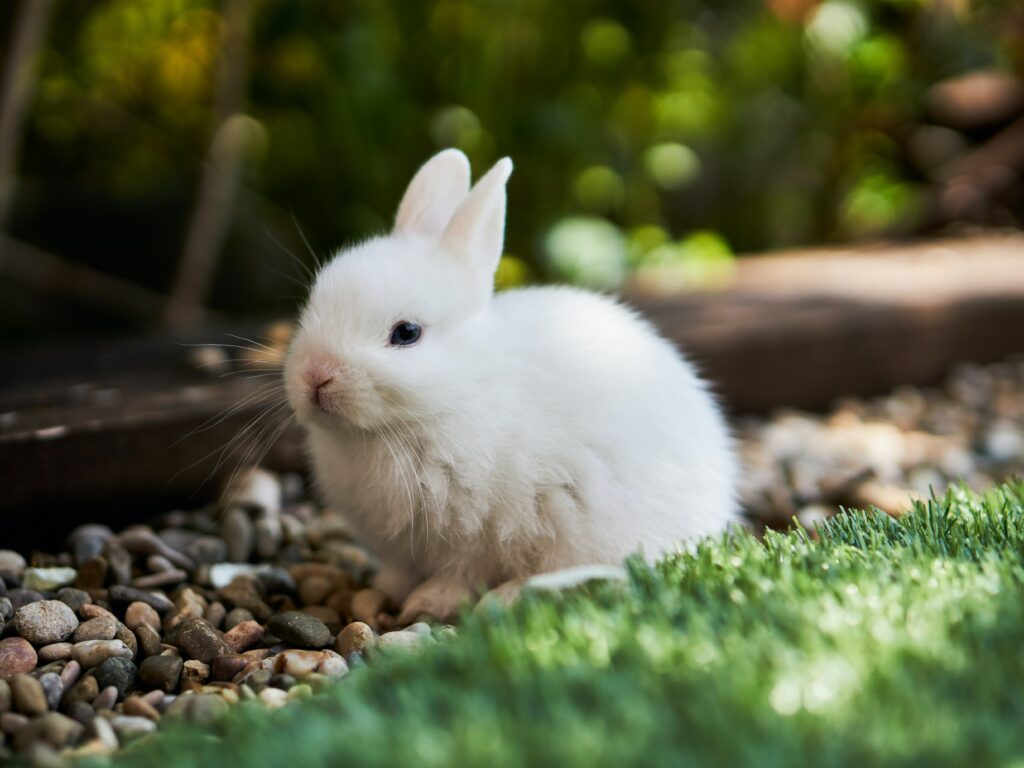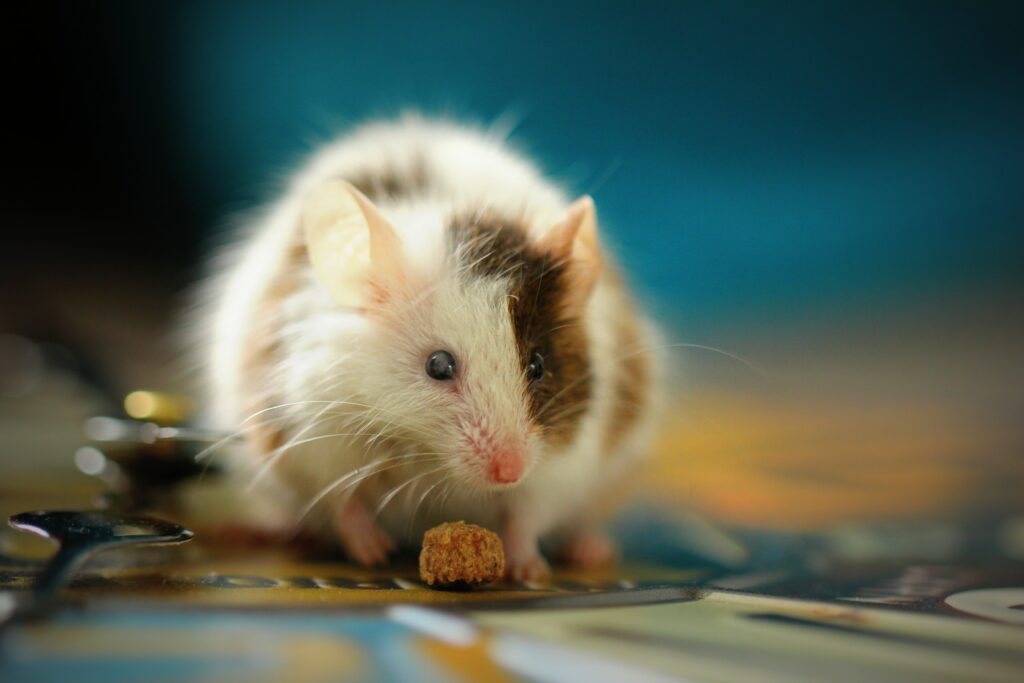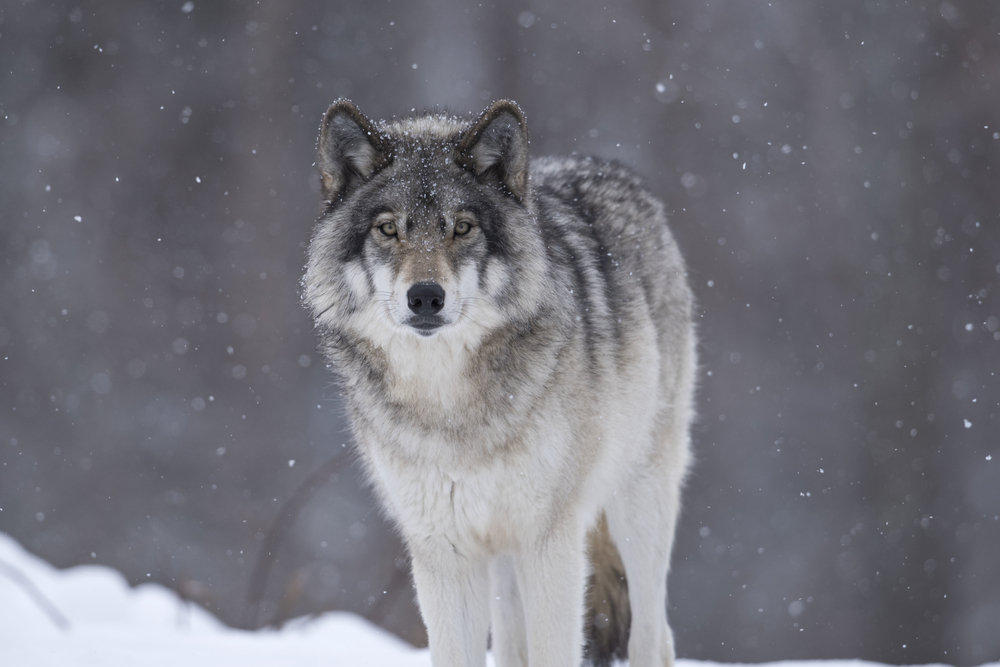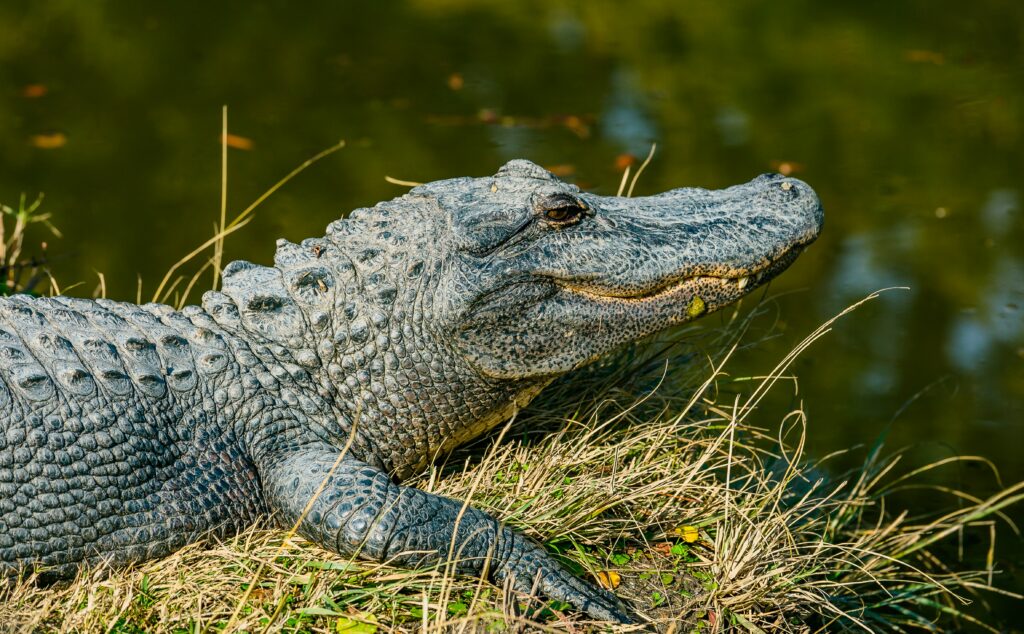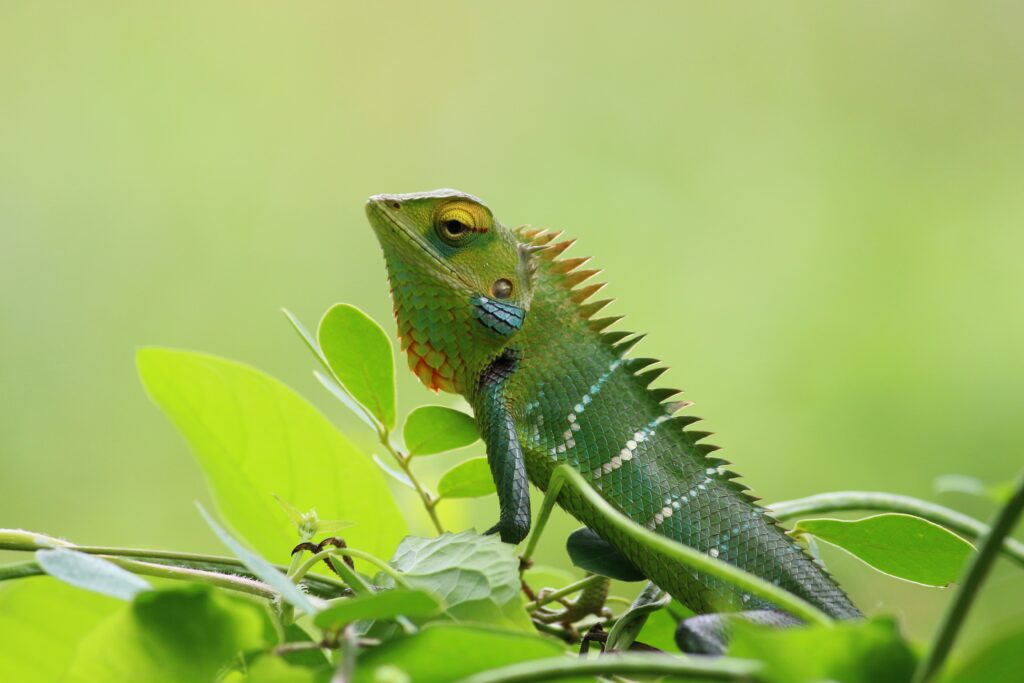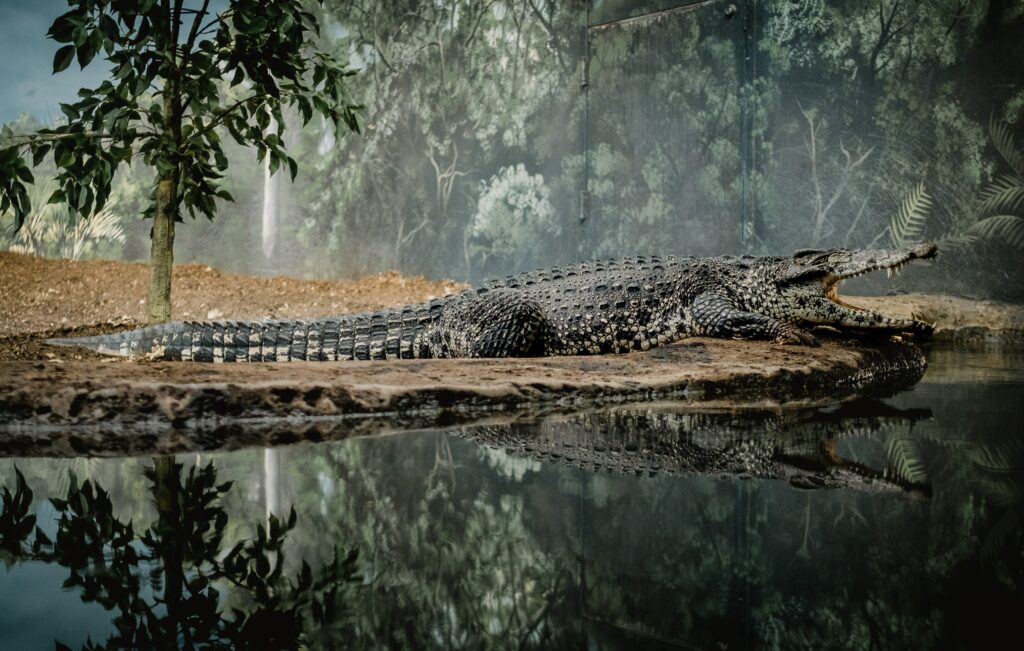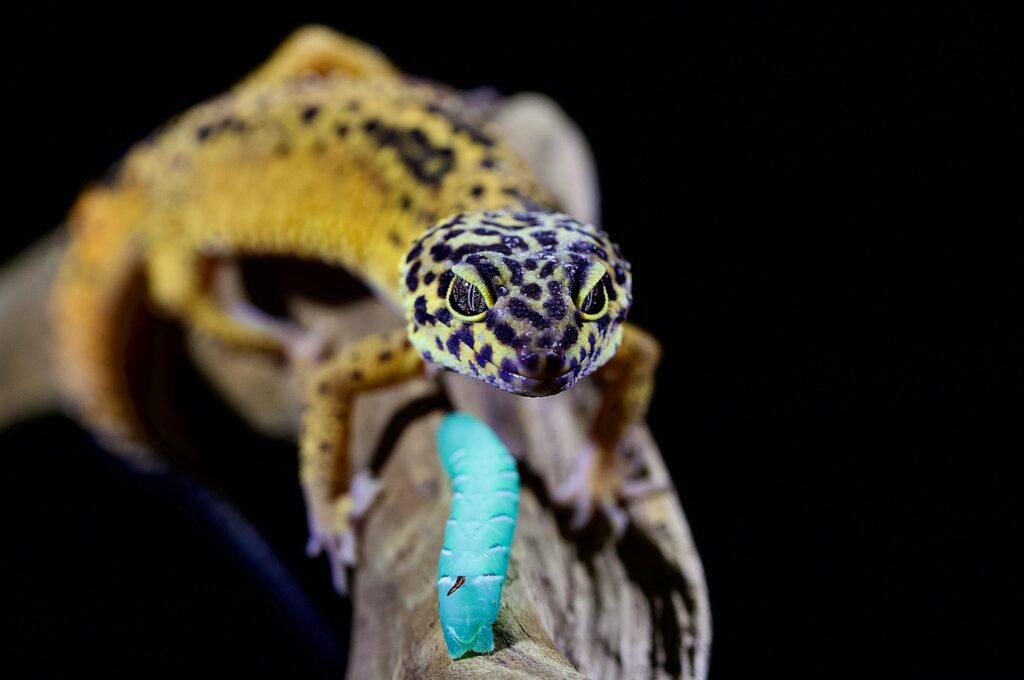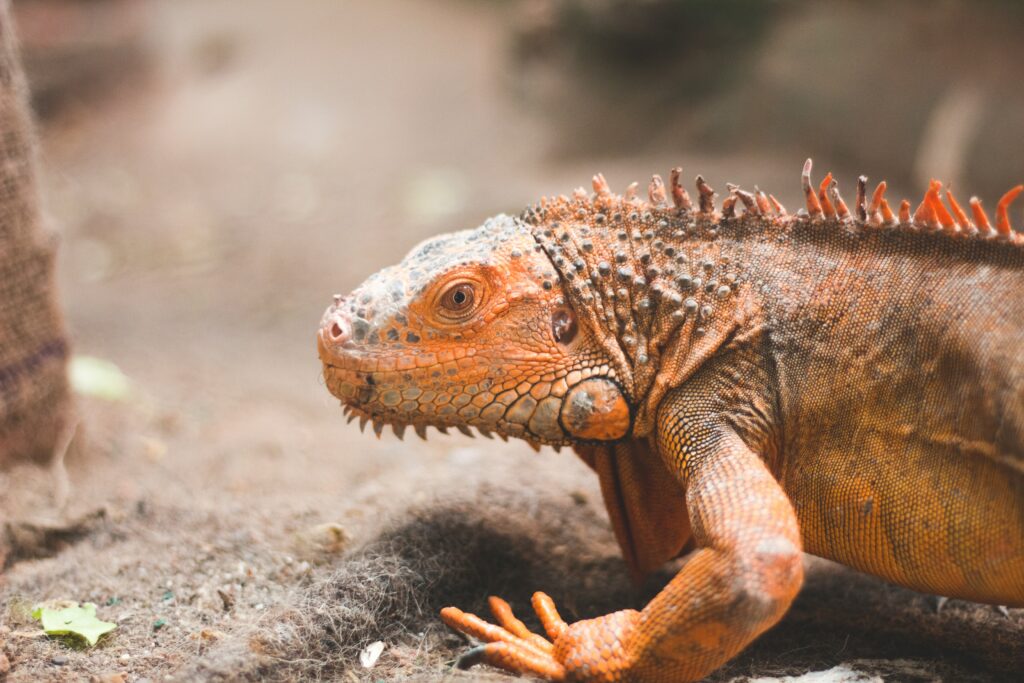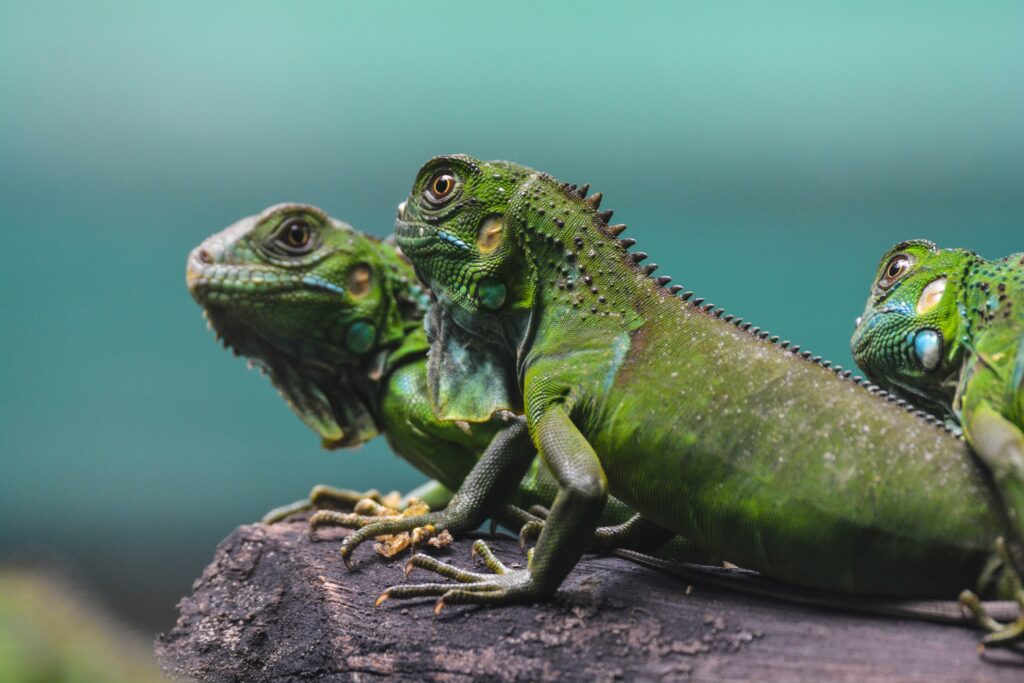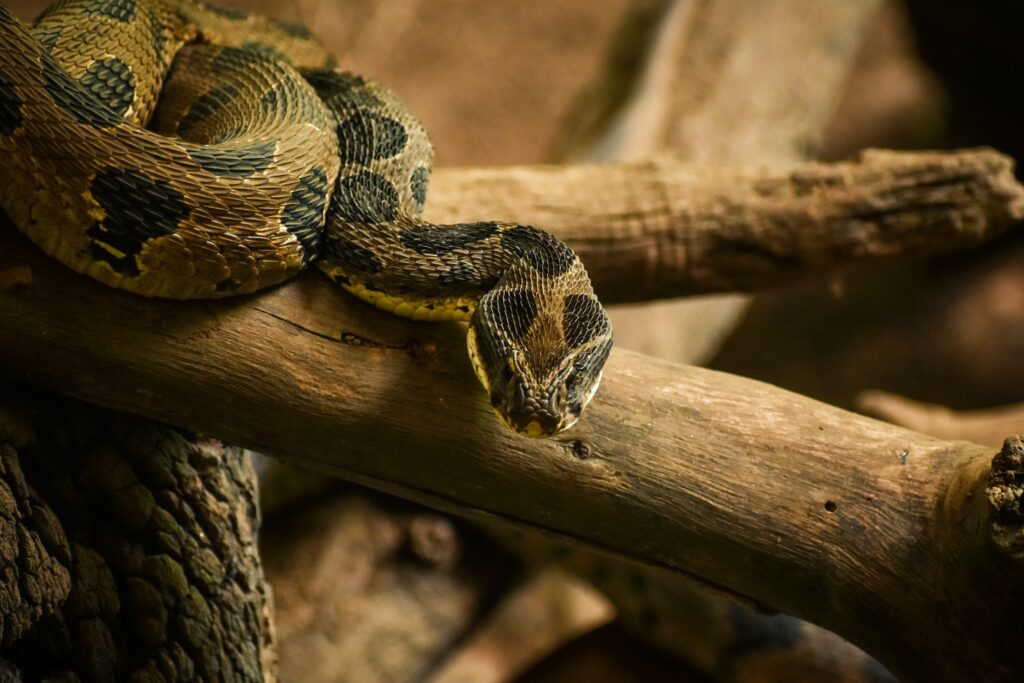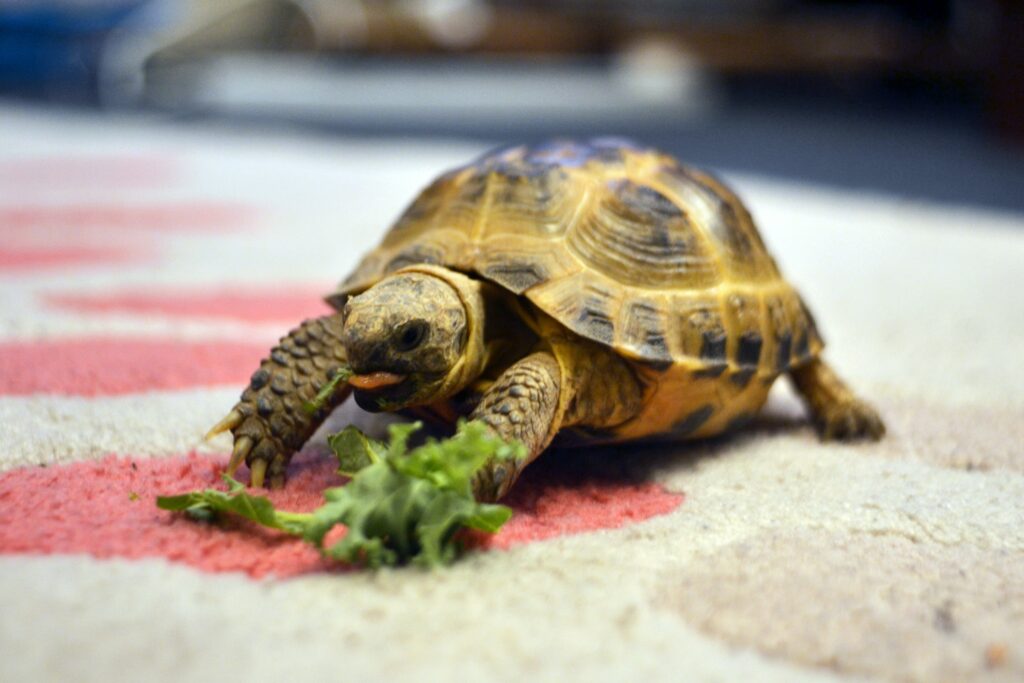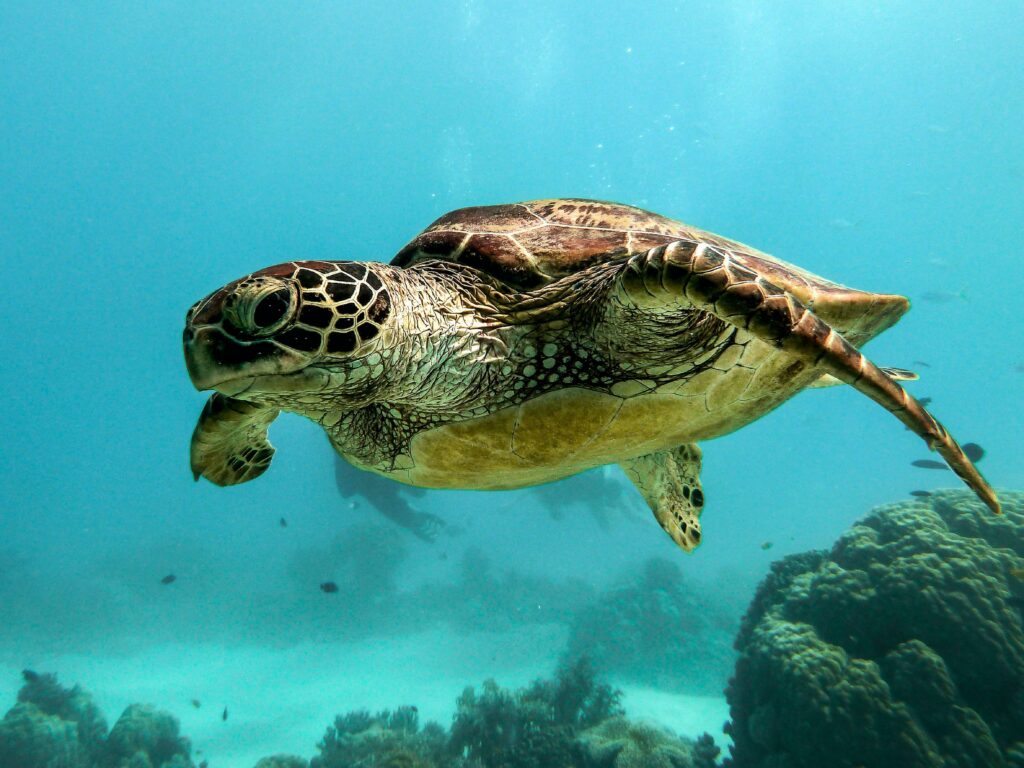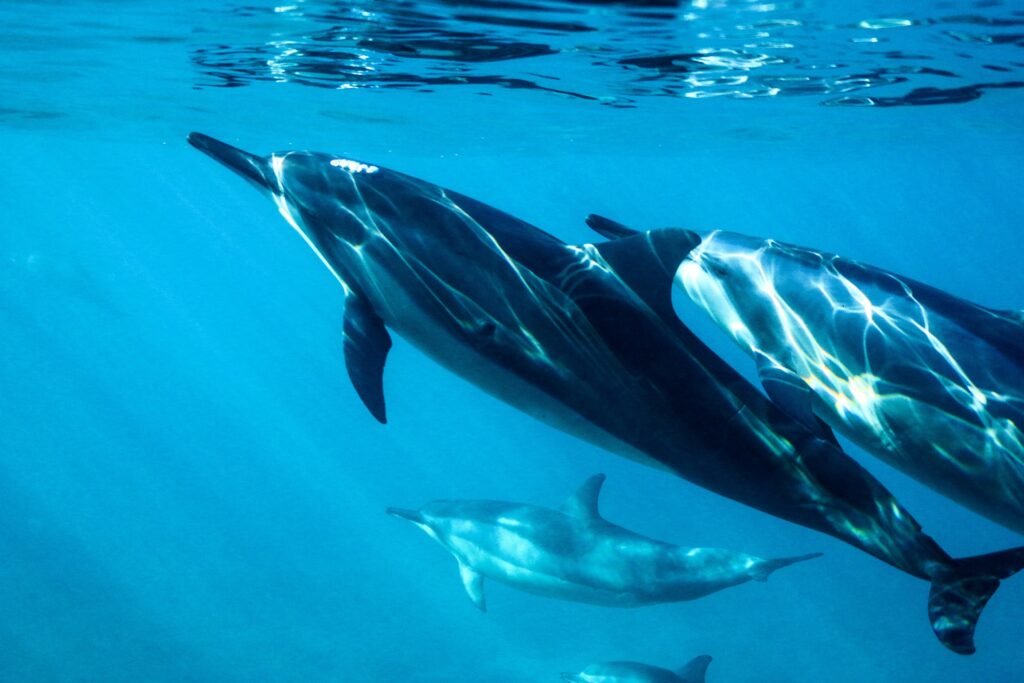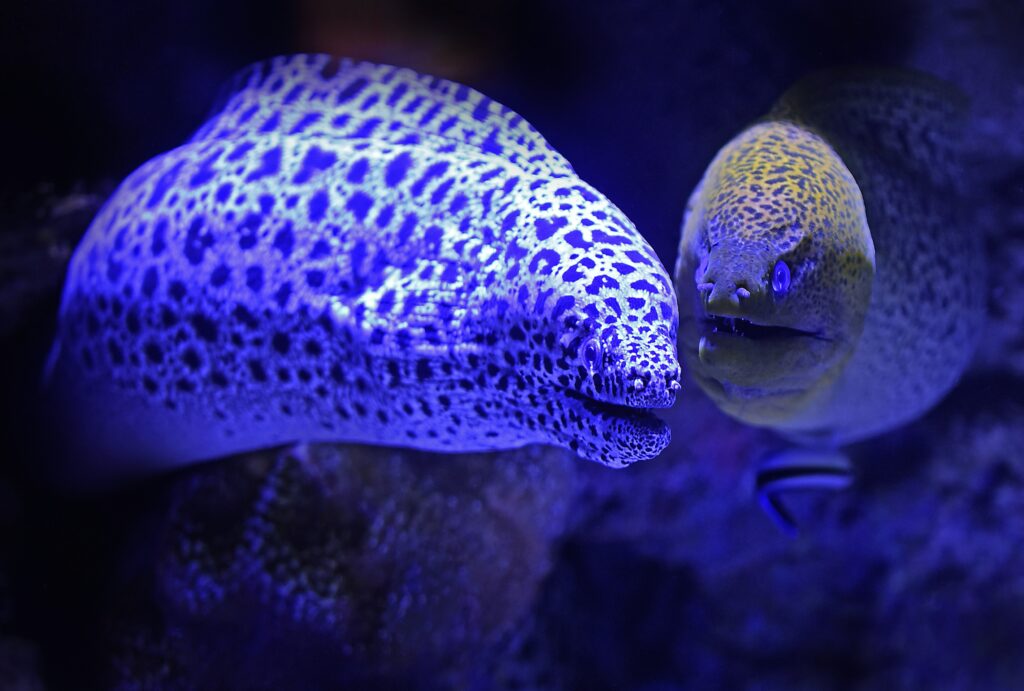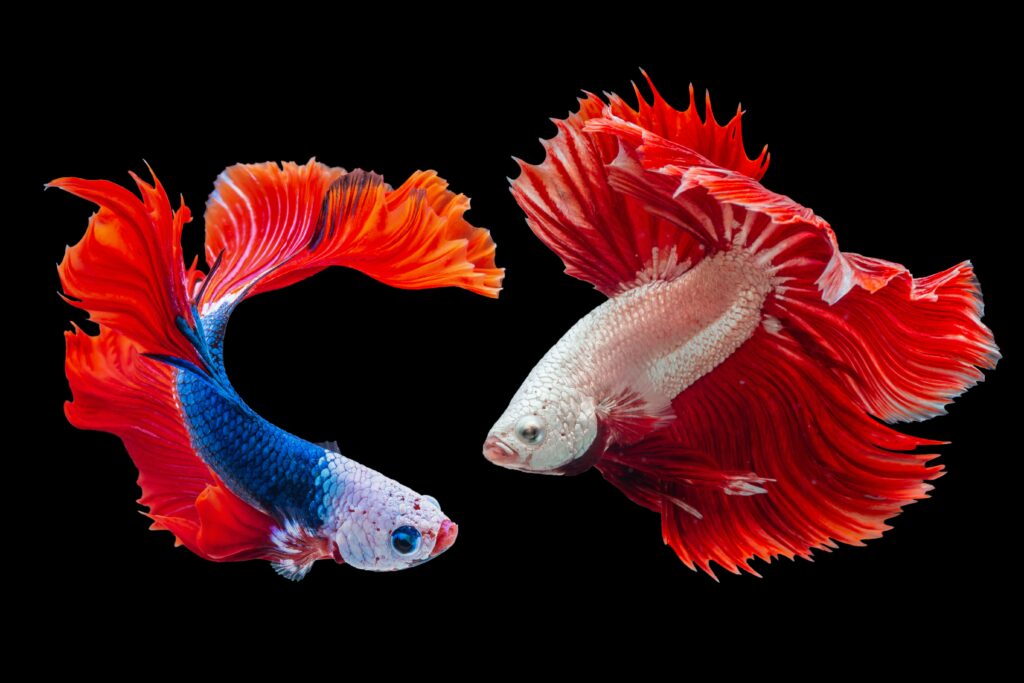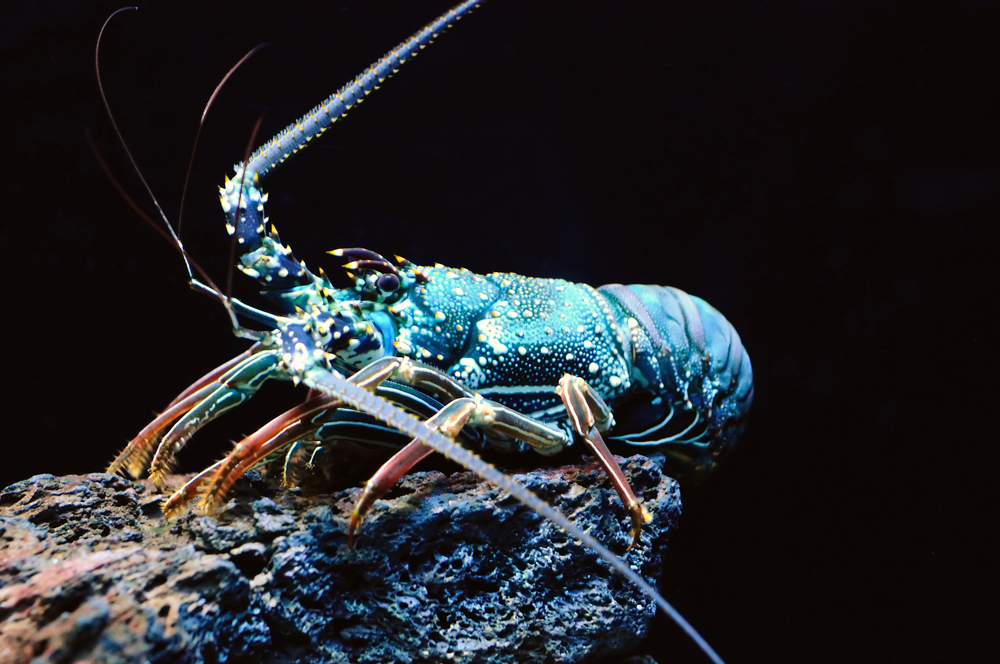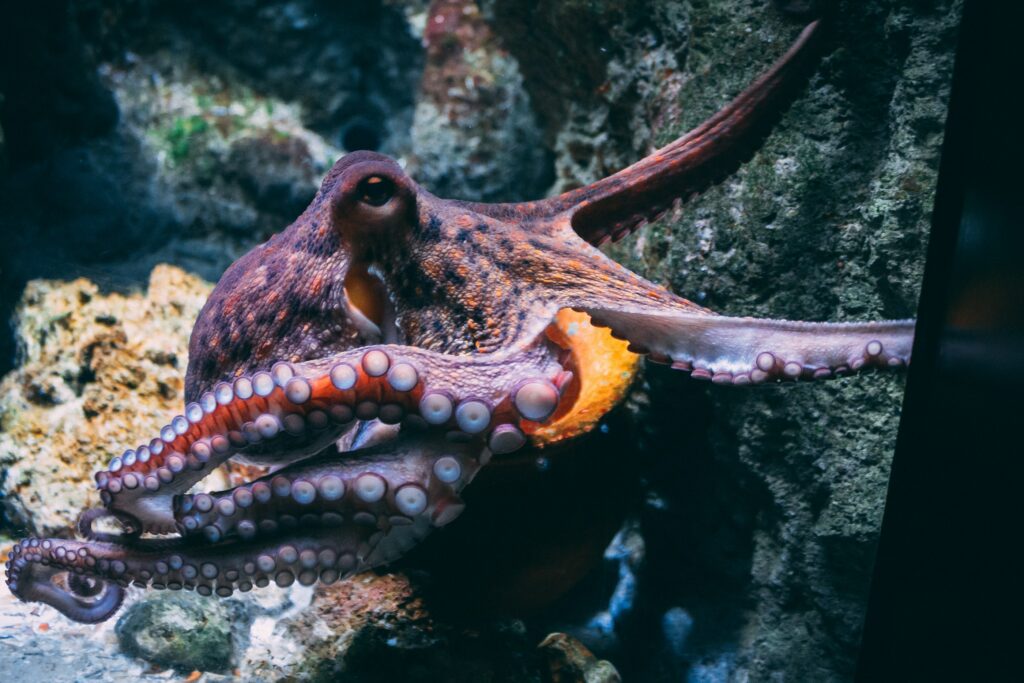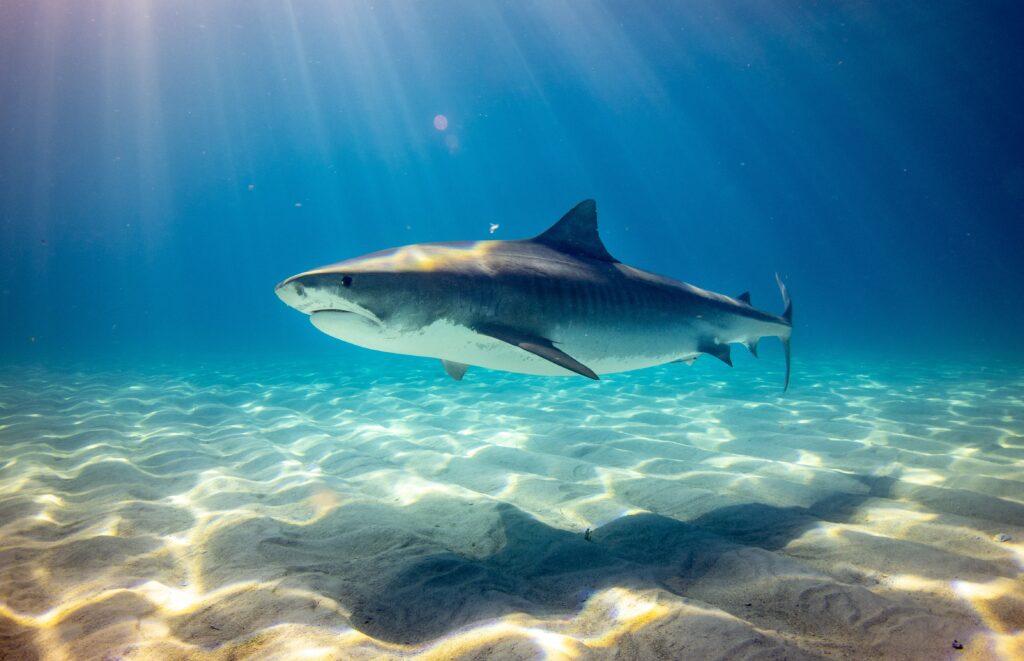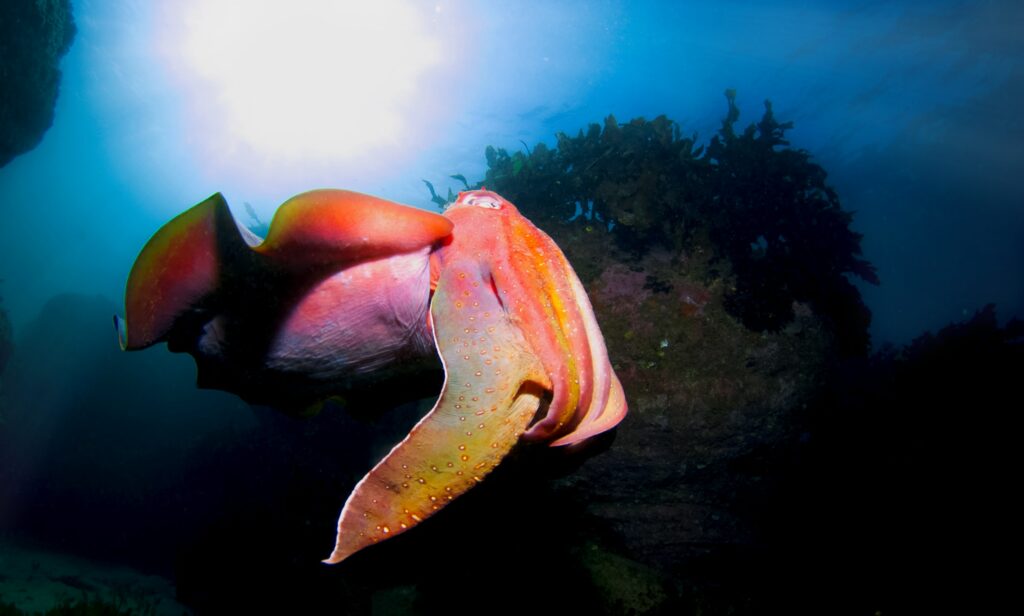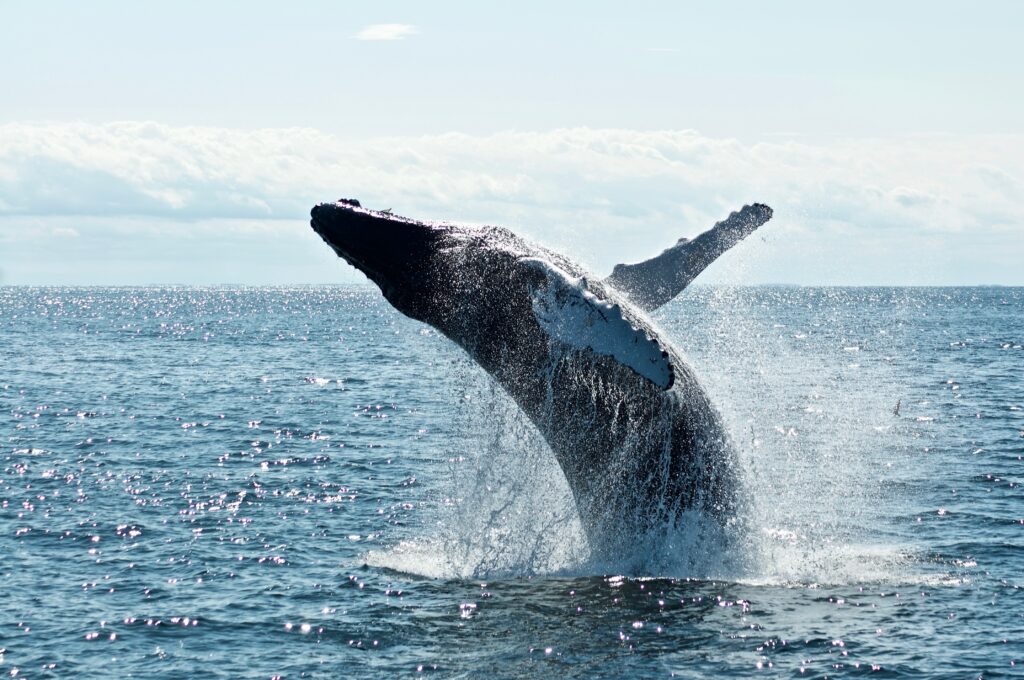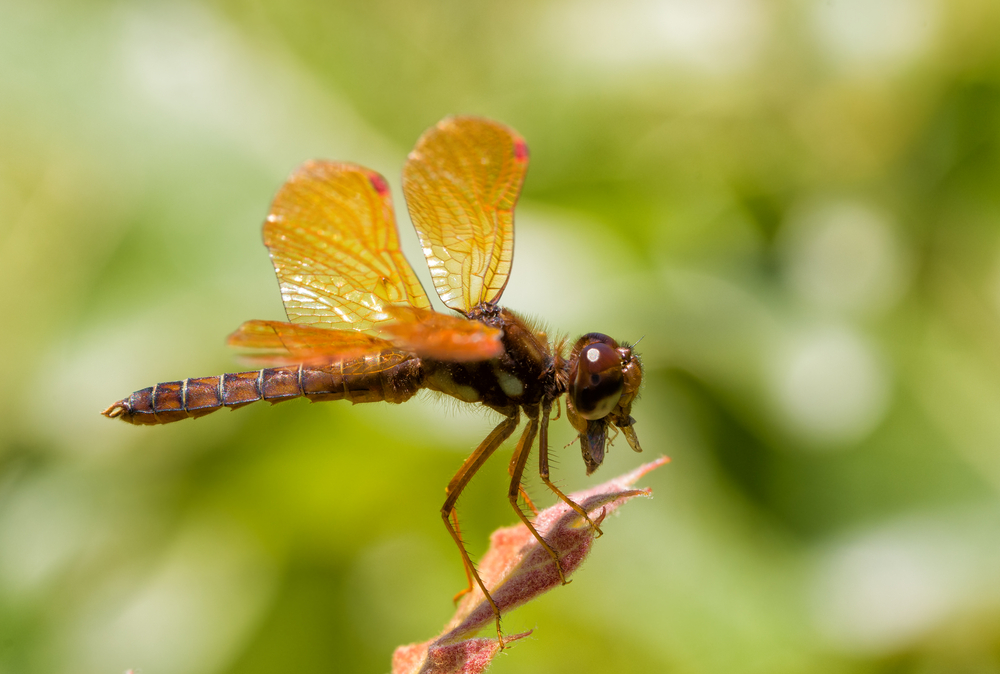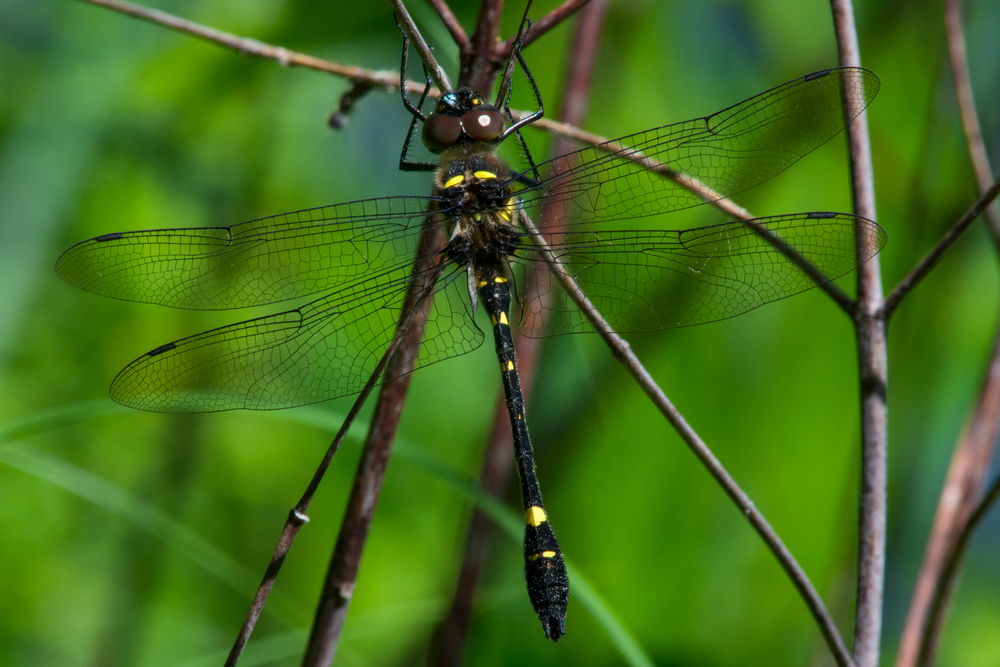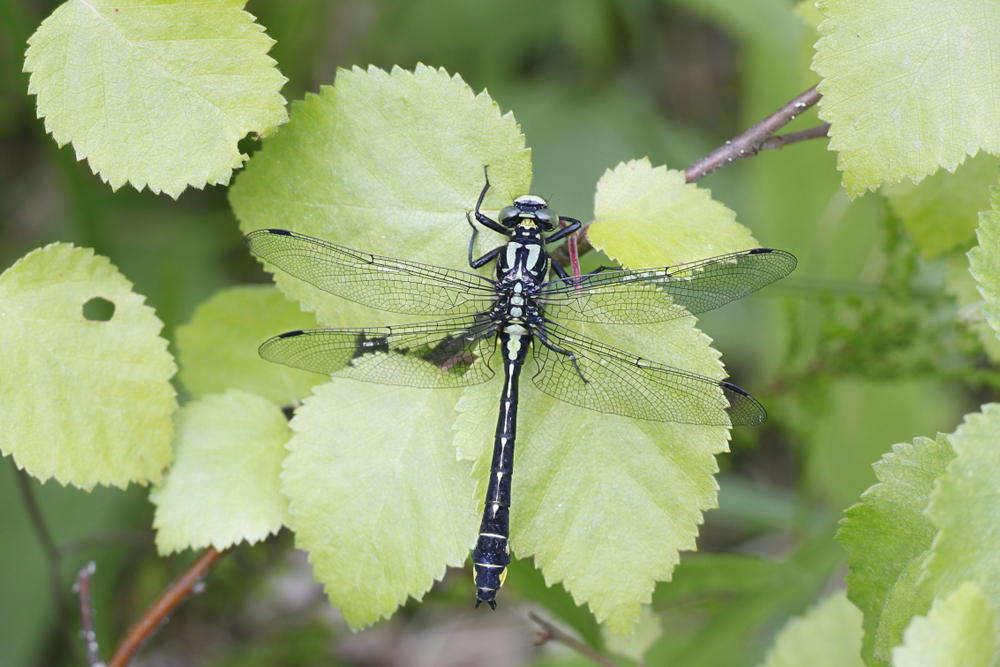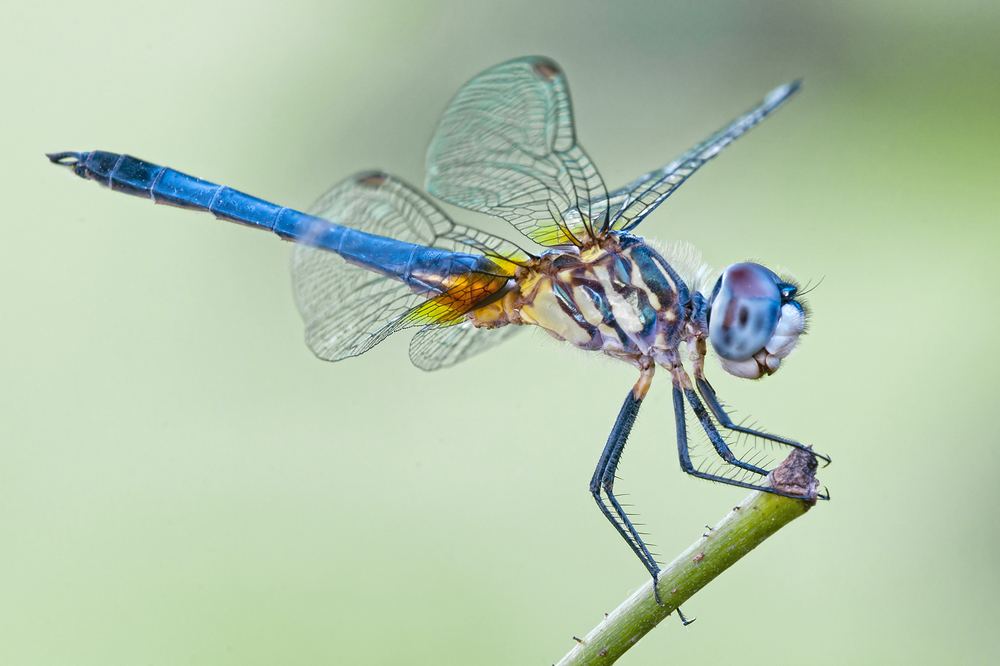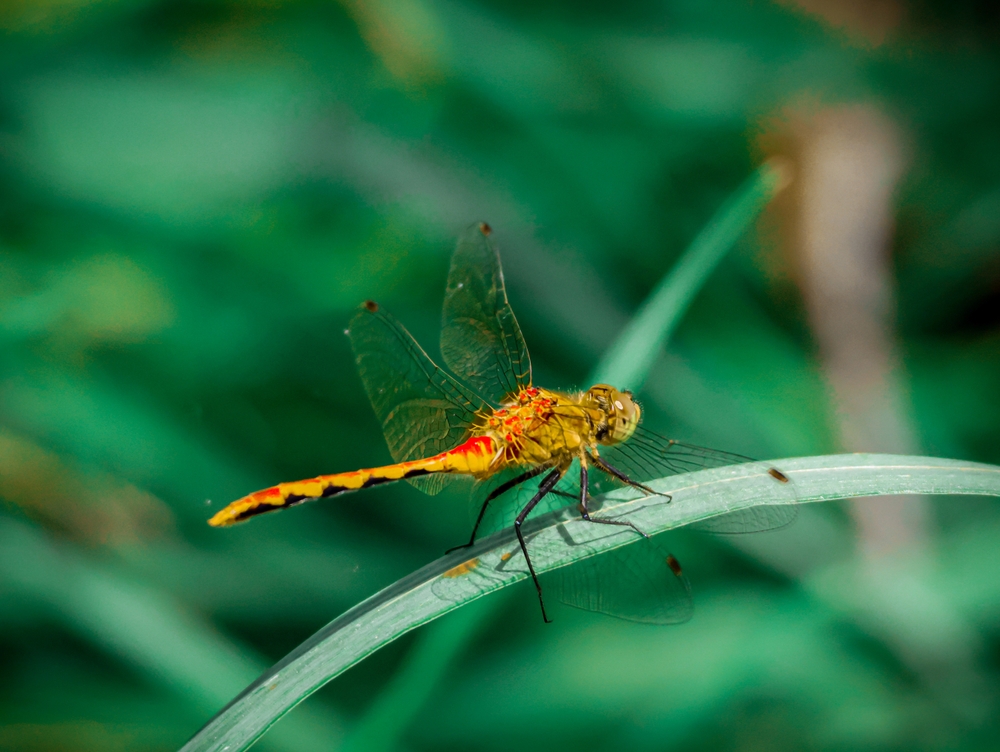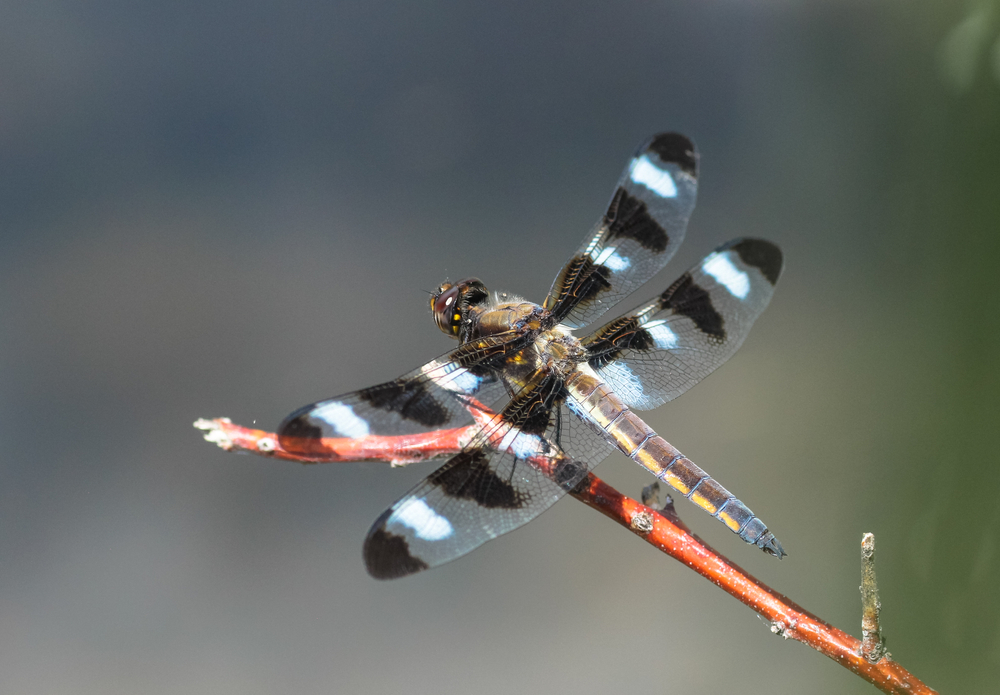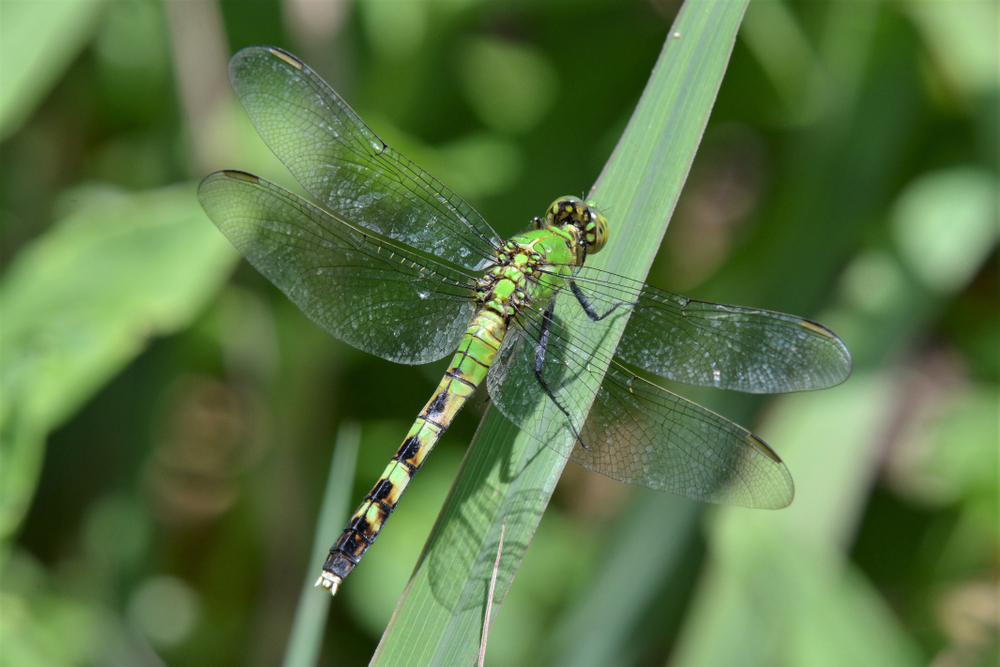The eastern amberwing (Perithemis tenera) belongs to the skimmer family (Libellulidae). Its closest relatives are other amberwings in the genus Perithemis, including the Mexican amberwing (Perithemis intensa).
About
The Eastern Amberwing (Perithemis tenera) is a tiny yet striking dragonfly admired for its glowing amber-colored wings and graceful flight. It belongs to the family Libellulidae, the largest dragonfly family, which includes many familiar pond and marsh species. Found throughout eastern and central North America, this dragonfly is especially common around ponds, lakes, and slow-moving streams where it perches on grasses and low vegetation.
At just 1 inch (2.5 cm) long, the Eastern Amberwing is one of the smallest dragonflies in North America. Despite its size, it is highly noticeable thanks to its jewel-like wings. Males display deep amber-colored wings that shimmer in the sunlight, while females have lighter wings with distinctive dark brown patches at the base. Their bodies are slender and typically reddish-brown with subtle yellow markings, helping them blend into their grassy surroundings.
Eastern Amberwings are agile hunters, capturing small insects such as mosquitoes, gnats, and flies mid-flight. They often patrol short distances above the water’s edge, making quick, darting flights from their perches. Their small size and rapid wingbeats give them a wasp-like appearance, which likely helps deter predators.
Reproduction begins when males establish small territories over water, displaying to attract females. After mating, females dip their abdomens into the water to release eggs, often while the male guards them from above. The aquatic larvae (naiads) live among submerged vegetation, preying on small aquatic organisms until they mature and transform into adults.
Although tiny, the Eastern Amberwing plays an important role in controlling insect populations and enriching wetland biodiversity. Its glowing amber wings and lively presence make it a favorite among dragonfly enthusiasts and a bright gem of summer wetlands.
Physical Characteristics
The eastern amberwing is a small, colorful dragonfly, easily recognized by its amber-tinted wings and compact size.
Body:
It has a short, slender body compared to many dragonflies, giving it a wasp-like appearance when in flight. The abdomen is thin and straight, while the thorax is slightly broader.
Coloration:
Males are reddish-brown to golden in color, while females are more brownish with yellow stripes, providing camouflage. Both sexes have distinct amber-colored wings that glow in sunlight.
Head and Eyes:
They have large, multifaceted eyes that nearly meet at the top of the head, providing excellent vision for detecting prey and avoiding predators.
Wings:
The wings are small, narrow, and distinctly amber-tinted, unlike the clear wings of most dragonflies. Females often have additional dark markings or spots on the wings, further aiding in camouflage.
Size:
The eastern amberwing is one of the smallest dragonflies in North America, measuring only 0.8–1 in (20–25 mm) in length, with a wingspan of about 1.5 in (38 mm).
Weight:
They are extremely lightweight, well under 0.5 g, which aids in their delicate, wasp-like flight.
The eastern amberwing’s tiny size, golden body, and distinctive amber wings make it one of the most recognizable and unique dragonflies in eastern North America.
Reproduction
The eastern amberwing has fascinating reproductive behaviors, with males showing strong territoriality and females choosing safe sites for egg-laying.
Mating and Courtship:
Males establish and defend small territories along pond or lake edges, often perching on twigs, rocks, or floating debris. They patrol aggressively, chasing rivals and displaying their amber wings to attract females.
Pair Formation:
When a female approaches, the male clasps her behind the head with his abdominal claspers, forming the classic dragonfly “wheel position.” Mating typically occurs quickly, often while perched.
Egg Laying (Oviposition):
After mating, females lay eggs alone, without the male. They hover close to the water surface, dipping the tip of the abdomen into mud, sediment, or floating debris, depositing eggs in protected areas.
Eggs and Development:
Eggs hatch within several days to weeks, depending on temperature. The larvae (naiads) are aquatic and live hidden among mud and vegetation.
Larval Stage:
Naiads are ambush predators, feeding on mosquito larvae, aquatic insects, and tiny invertebrates. They grow over a few months, molting several times.
Emergence and Adult Stage:
When fully developed, naiads crawl onto vegetation or shoreline debris to molt into winged adults. Adults live for only a few weeks to months, focusing on reproduction.
The eastern amberwing’s reproductive cycle, with its territorial males and careful egg-laying females, ensures survival in small ponds and wetlands.
Lifespan
The eastern amberwing has a relatively short lifespan, with most of its life spent as an aquatic larva before a brief adult stage.
Lifespan in the Wild:
The larval stage lasts several months to nearly a year, depending on climate and food availability. During this time, naiads live in mud and vegetation at the bottoms of ponds or lakes.
Adult Stage:
As winged adults, eastern amberwings live about 3–6 weeks. This stage is devoted to feeding, mating, and reproduction.
Lifespan in Captivity:
They are rarely kept in captivity due to their delicate size and need for aquatic habitats, but under controlled conditions, their life cycle mirrors that of the wild.
Threats to Longevity:
Larvae face predation from fish, amphibians, and aquatic insects, while adults are prey for birds, frogs, and larger dragonflies. Habitat loss, pollution, and pesticide use also reduce survival rates.
The eastern amberwing’s lifespan is defined by its longer aquatic stage and short-lived adult phase, highlighting the fleeting beauty of this tiny dragonfly.
Eating Habits
Eastern amberwings are efficient predators throughout both their larval and adult stages, helping maintain balance in wetland ecosystems.
Diet (Larvae/Naiads):
Aquatic larvae feed on mosquito larvae, aquatic insects, worms, tiny crustaceans, and occasionally small tadpoles or fish fry. They use extendable jaws to ambush prey from mud or vegetation.
Diet (Adults):
As adults, eastern amberwings hunt mosquitoes, gnats, flies, midges, and other small flying insects. They catch prey midair with their spiny legs and consume it while perched.
Feeding Behavior:
Naiads are sit-and-wait predators, camouflaged in mud or plants, striking quickly when prey comes within reach. Adults are visual hunters, actively patrolling ponds and meadows for swarms of tiny insects.
Role in the Ecosystem:
They help control pest populations, particularly mosquitoes, while also serving as prey for birds, amphibians, and larger insects.
The eastern amberwing’s dual feeding strategy—ambushing as larvae and hunting on the wing as adults—makes it an important predator despite its small size.
Uniqueness
The eastern amberwing is one of the most distinctive small dragonflies in North America, remarkable for its appearance and behavior.
Amber Wings:
Unlike most dragonflies with clear wings, eastern amberwings have deep golden-amber wings that shimmer in sunlight, making them instantly recognizable.
Tiny Size:
At less than an inch long, they are among the smallest dragonflies in North America, often mistaken for wasps in flight due to their size and coloration.
Territorial Males:
Males aggressively defend small territories along pond and lake edges, perching on twigs or floating debris while flashing their amber wings in displays.
Female Egg-Laying Strategy:
Females carefully deposit eggs in mud, debris, or submerged vegetation, ensuring greater protection from predators and environmental stresses.
Adaptability:
Despite their small size, they thrive in a wide range of habitats, from ponds and lakes to ditches and marshy wetlands.
The eastern amberwing’s golden wings, wasp-like flight, and remarkable adaptations make it one of the most unique and eye-catching dragonflies in its range.
Be the First to Share Photos of This Species.
FAQ’s
1. What species is closest to the eastern amberwing?
2. How does the eastern amberwing compare to other species in the same family?
Compared to larger skimmers like the twelve-spotted skimmer, the eastern amberwing is much smaller and uniquely has fully amber-colored wings. It is also more wasp-like in flight.
3. What national parks provide the best opportunities to see an eastern amberwing?
They are widespread in eastern and central North America. Good viewing opportunities exist in Everglades National Park (Florida), Cuyahoga Valley National Park (Ohio), and Shenandoah National Park (Virginia).
4. In what parts of the world can you find eastern amberwings?
They are found throughout eastern and central North America, ranging from southern Canada through most of the United States, especially near ponds, lakes, and marshes.
5. How many types of eastern amberwings are there?
There is only one recognized species, Perithemis tenera. However, the genus Perithemis contains several related amberwing species found in the Americas.
